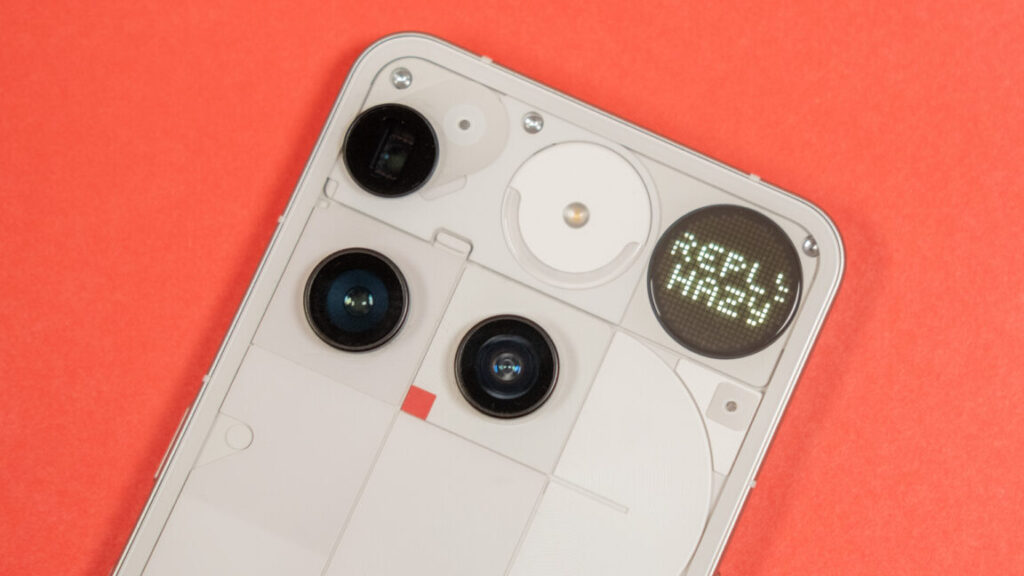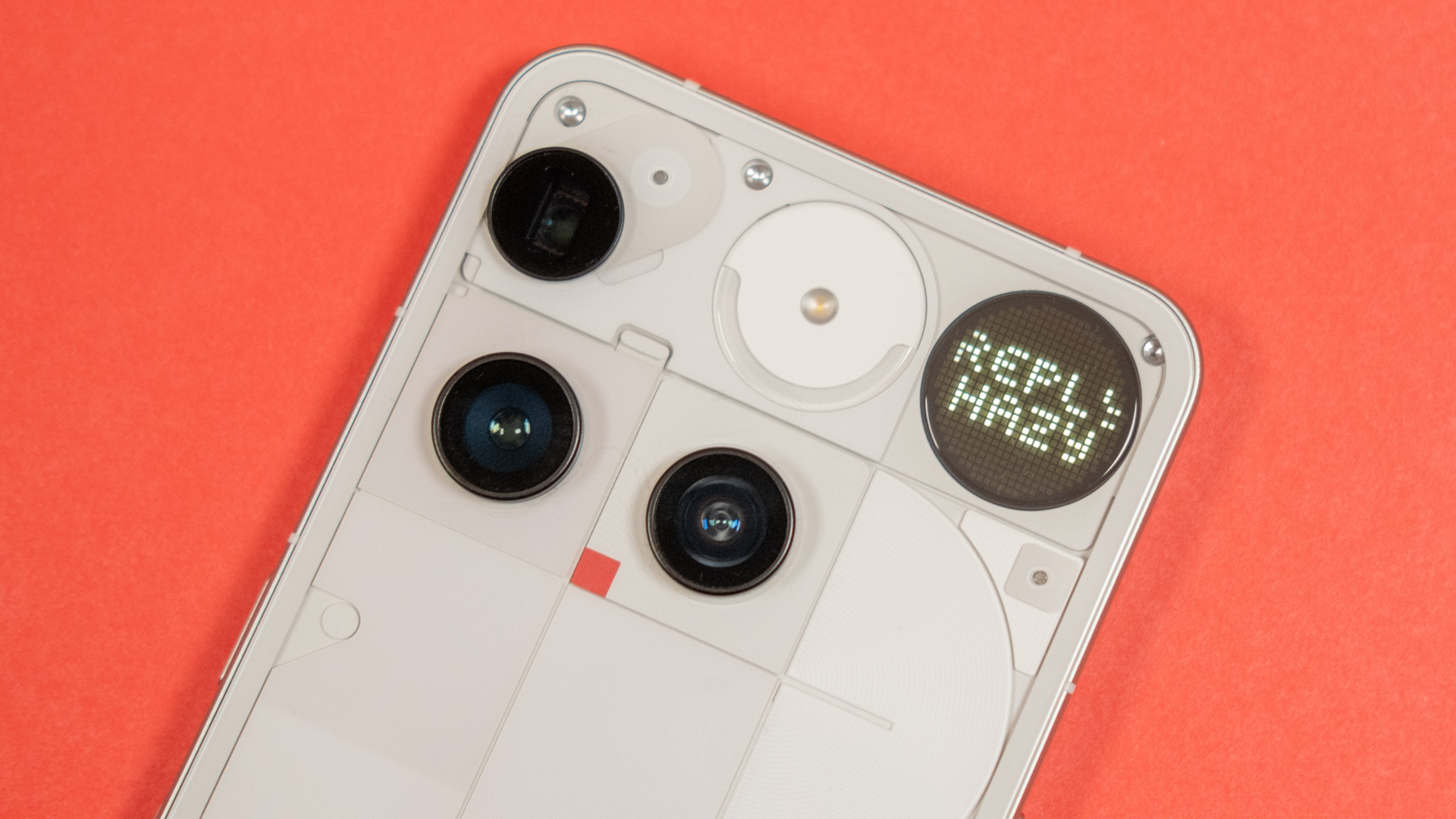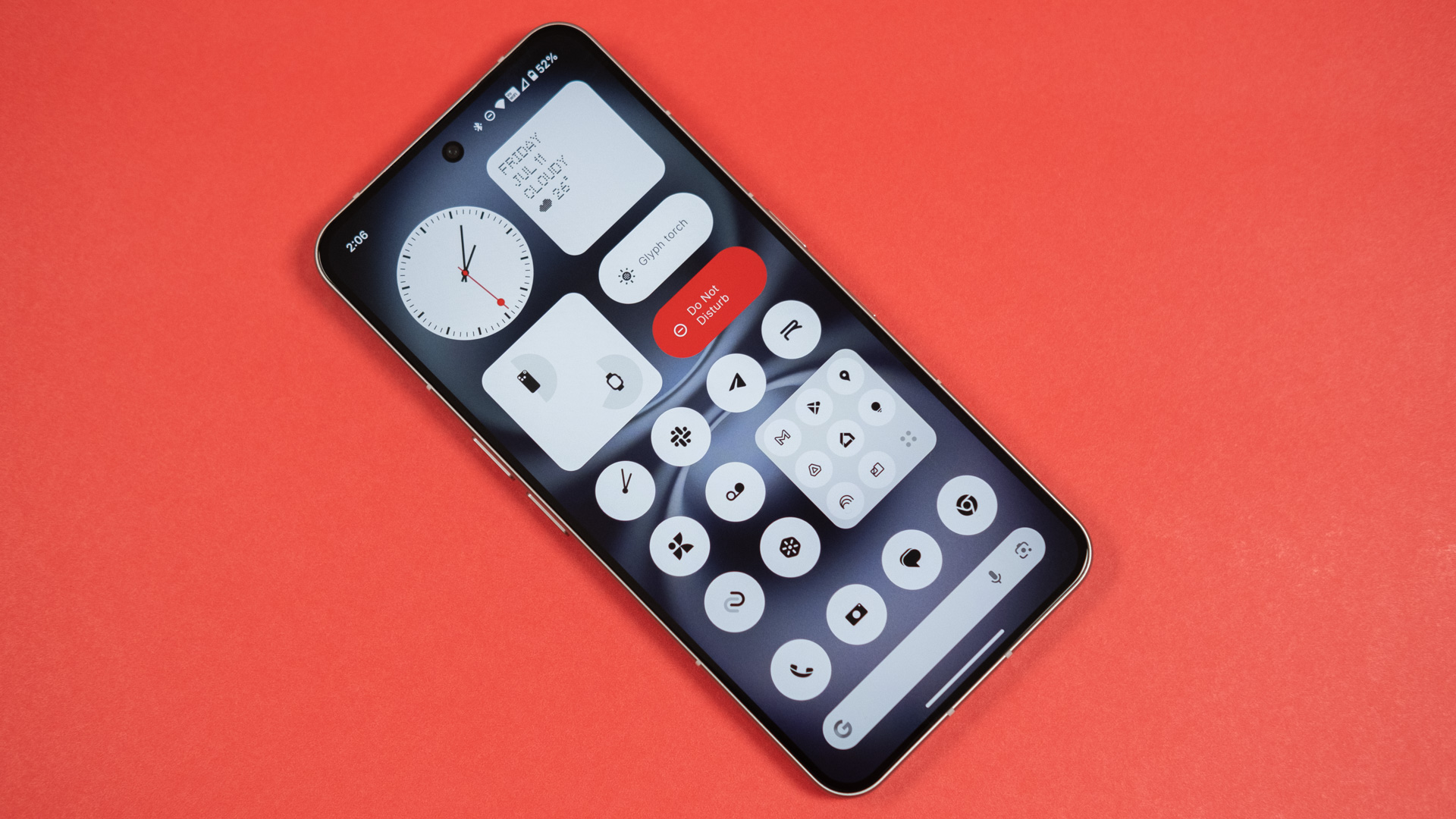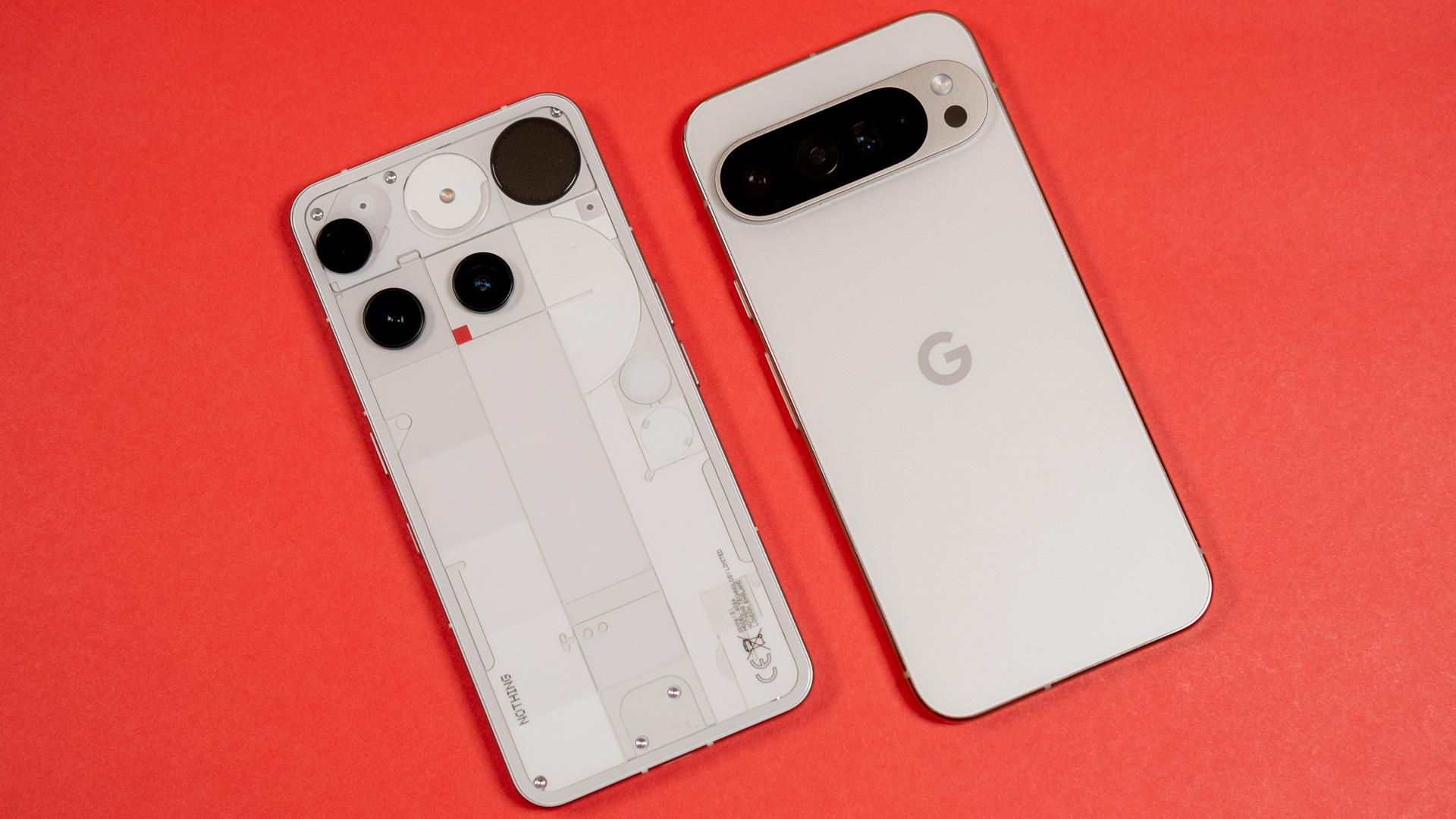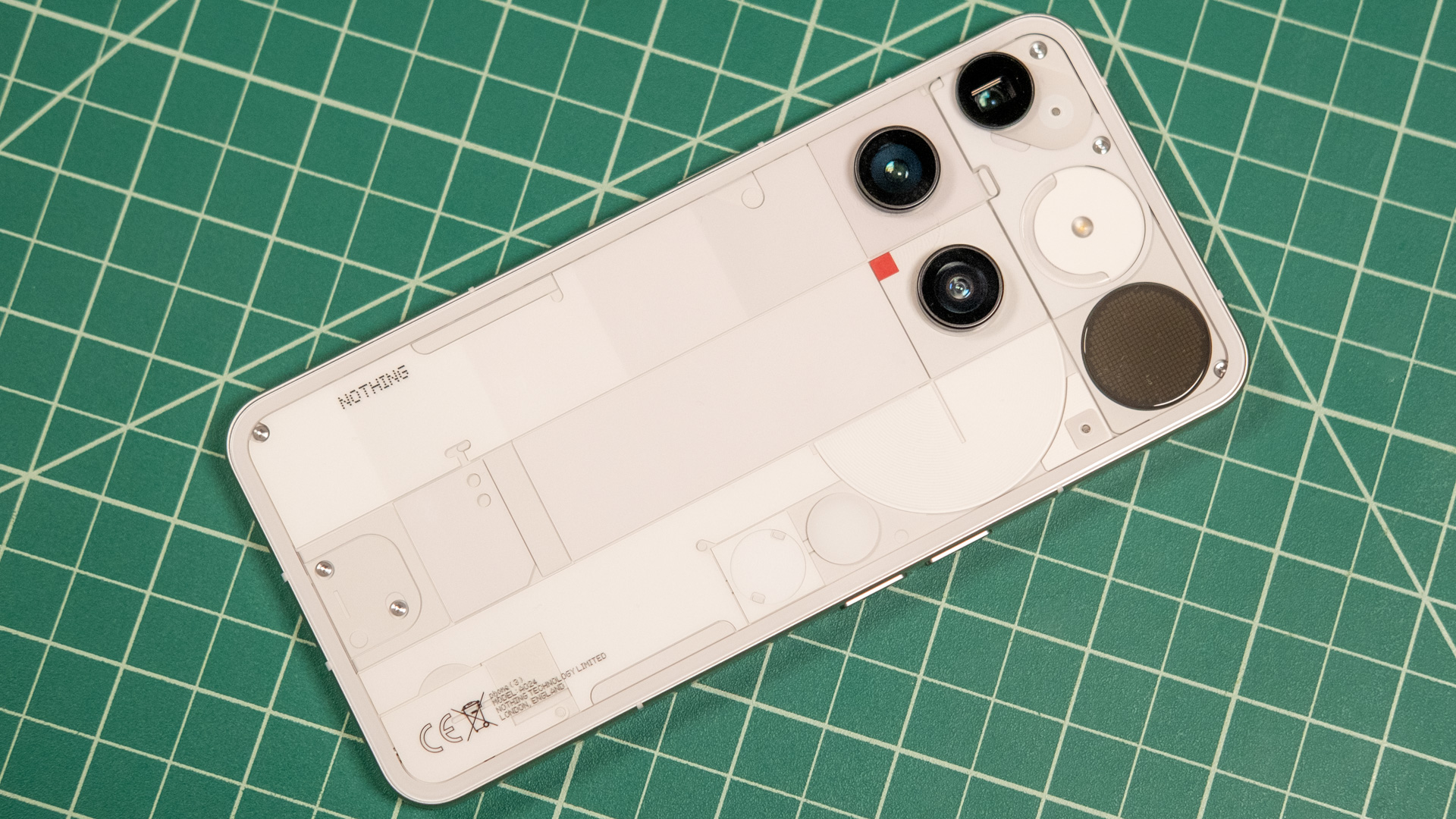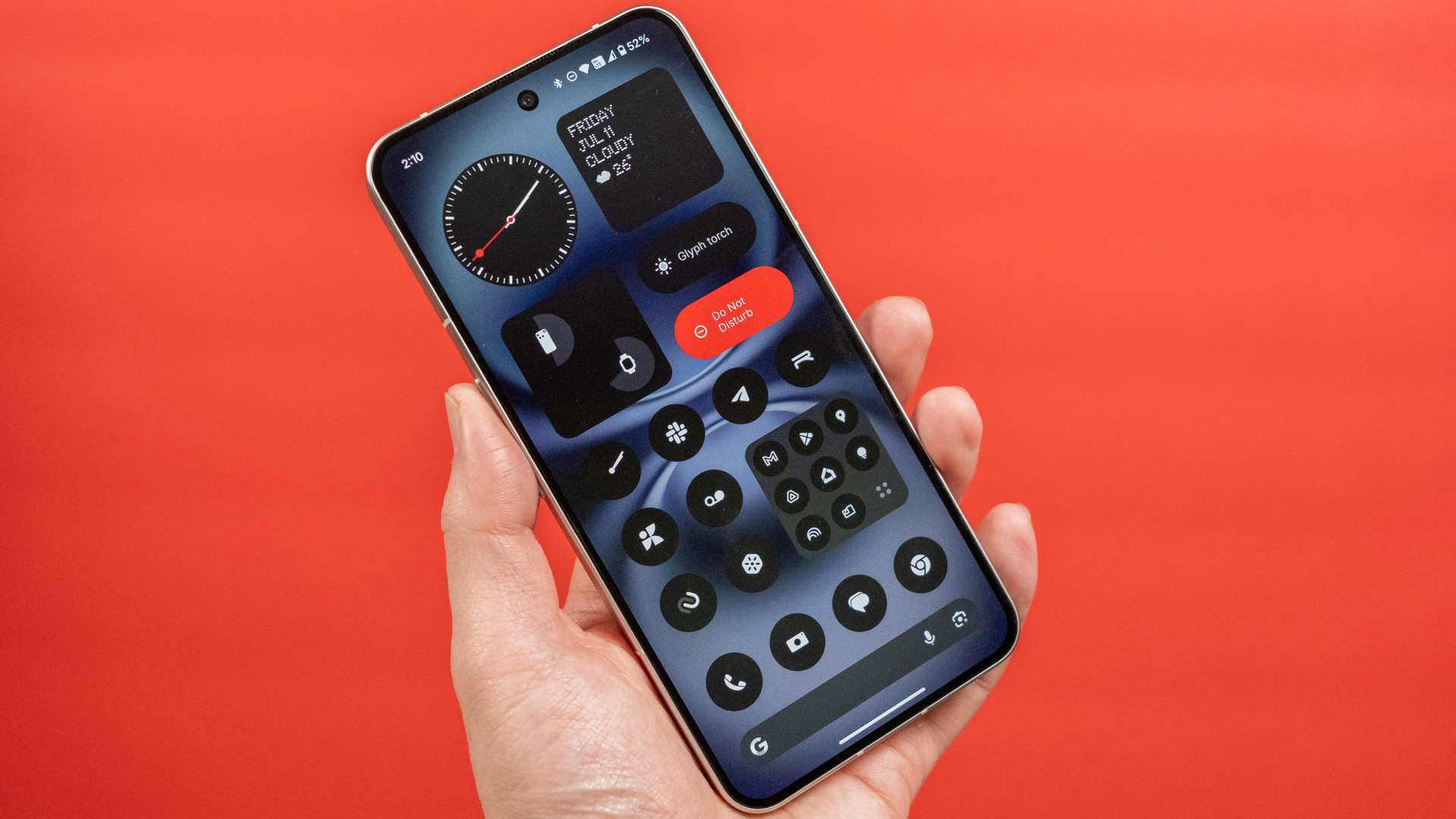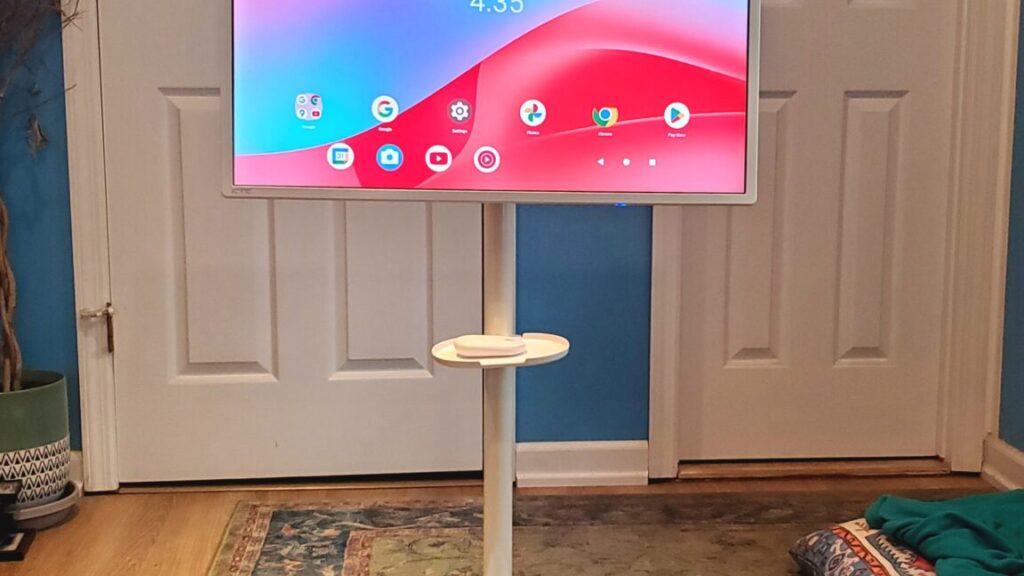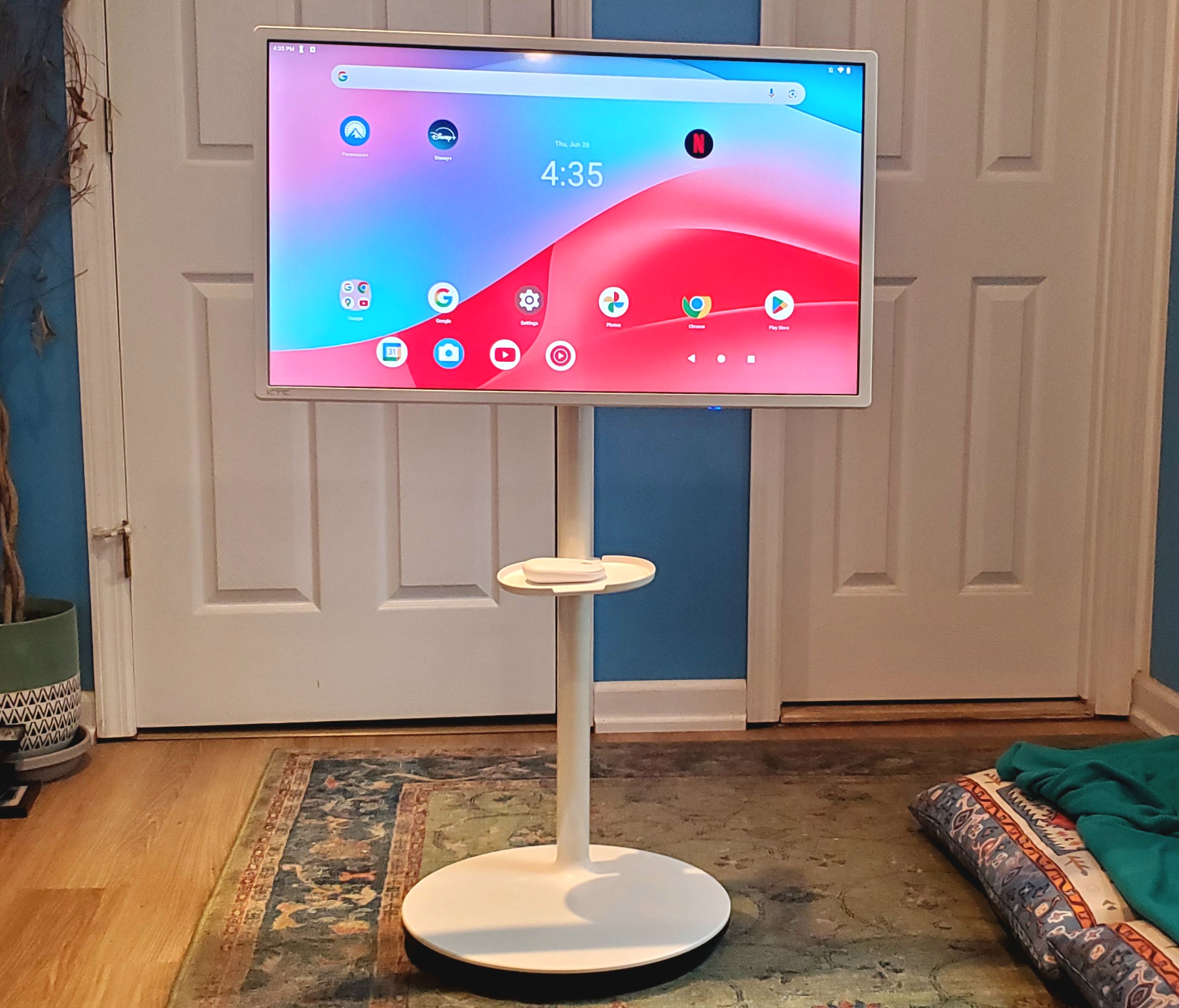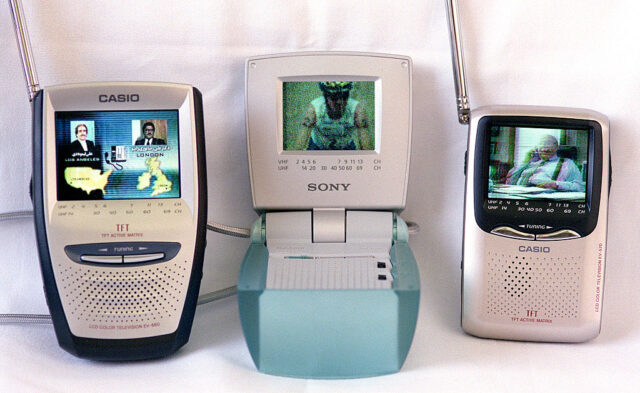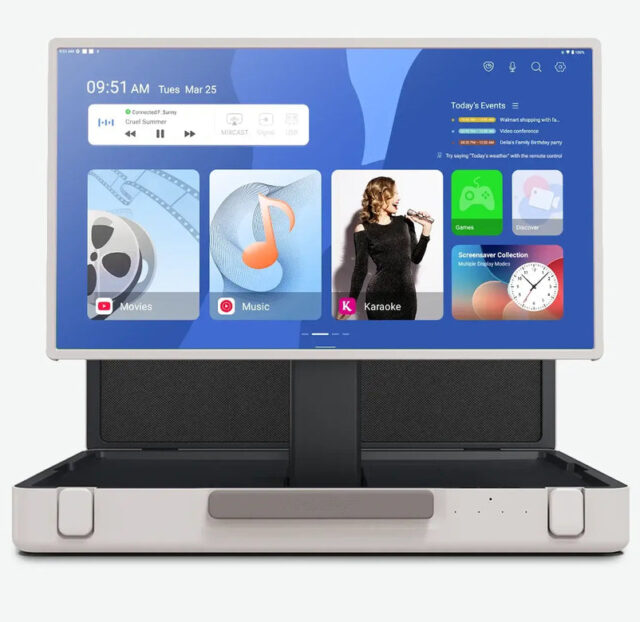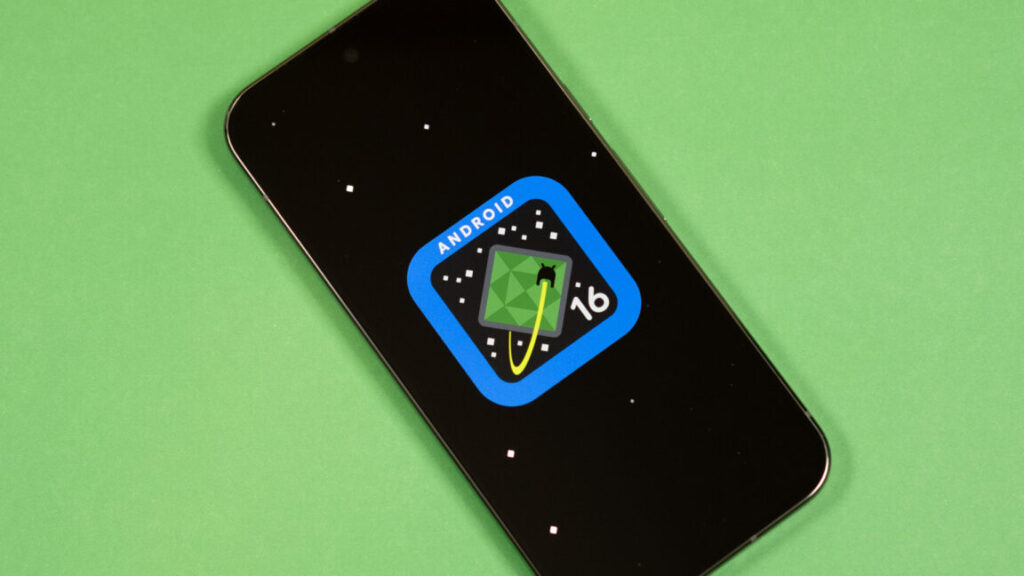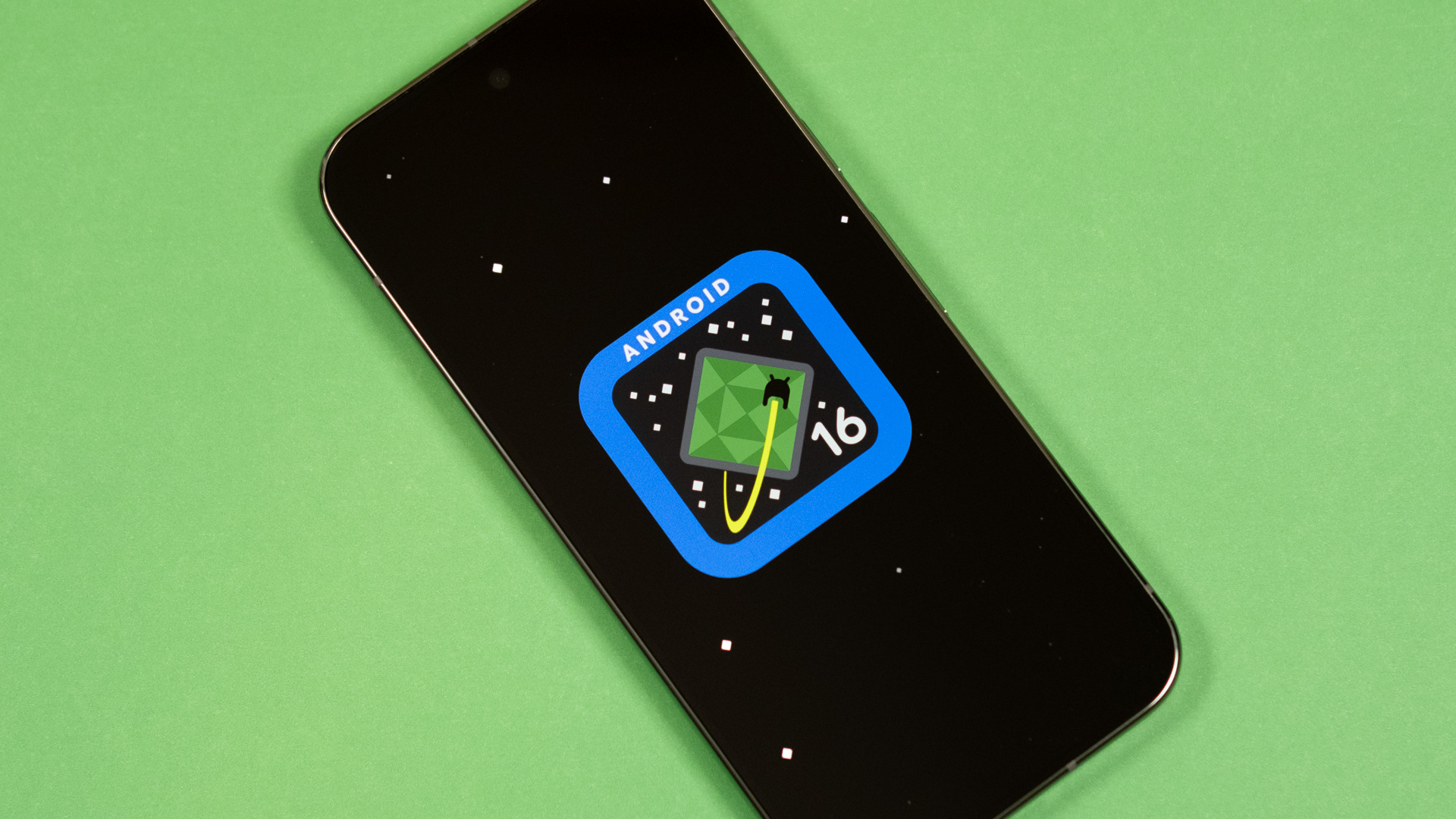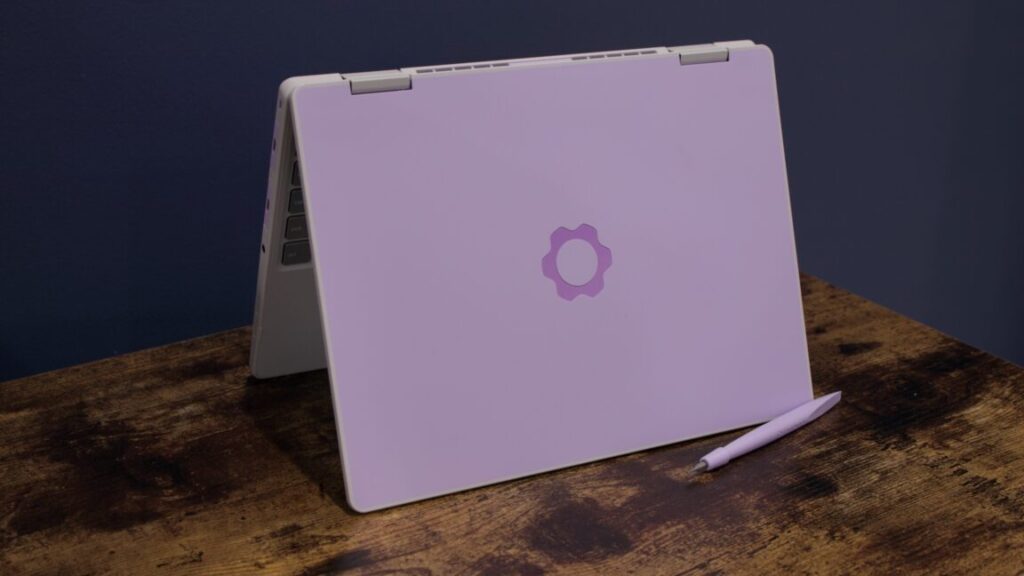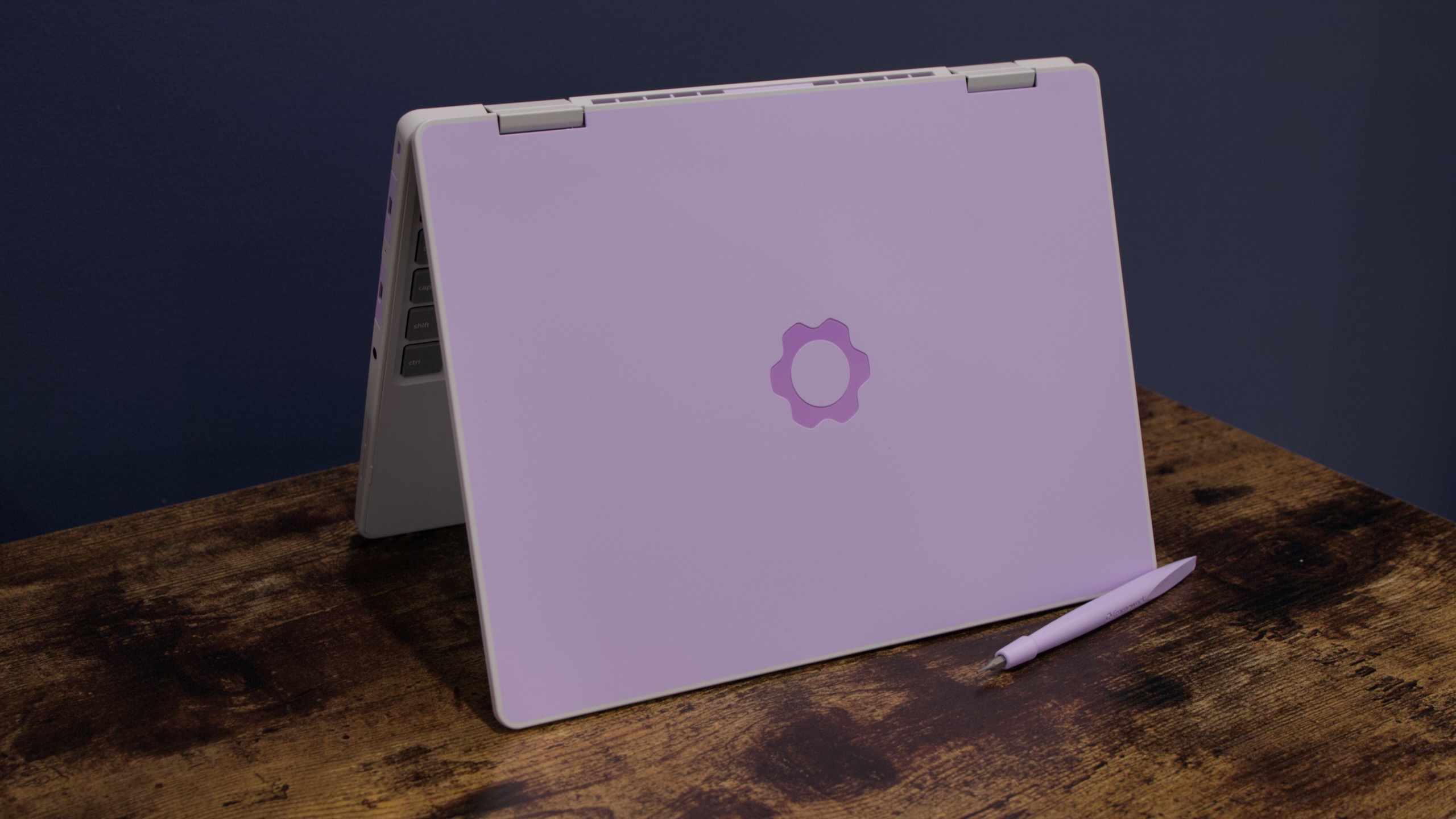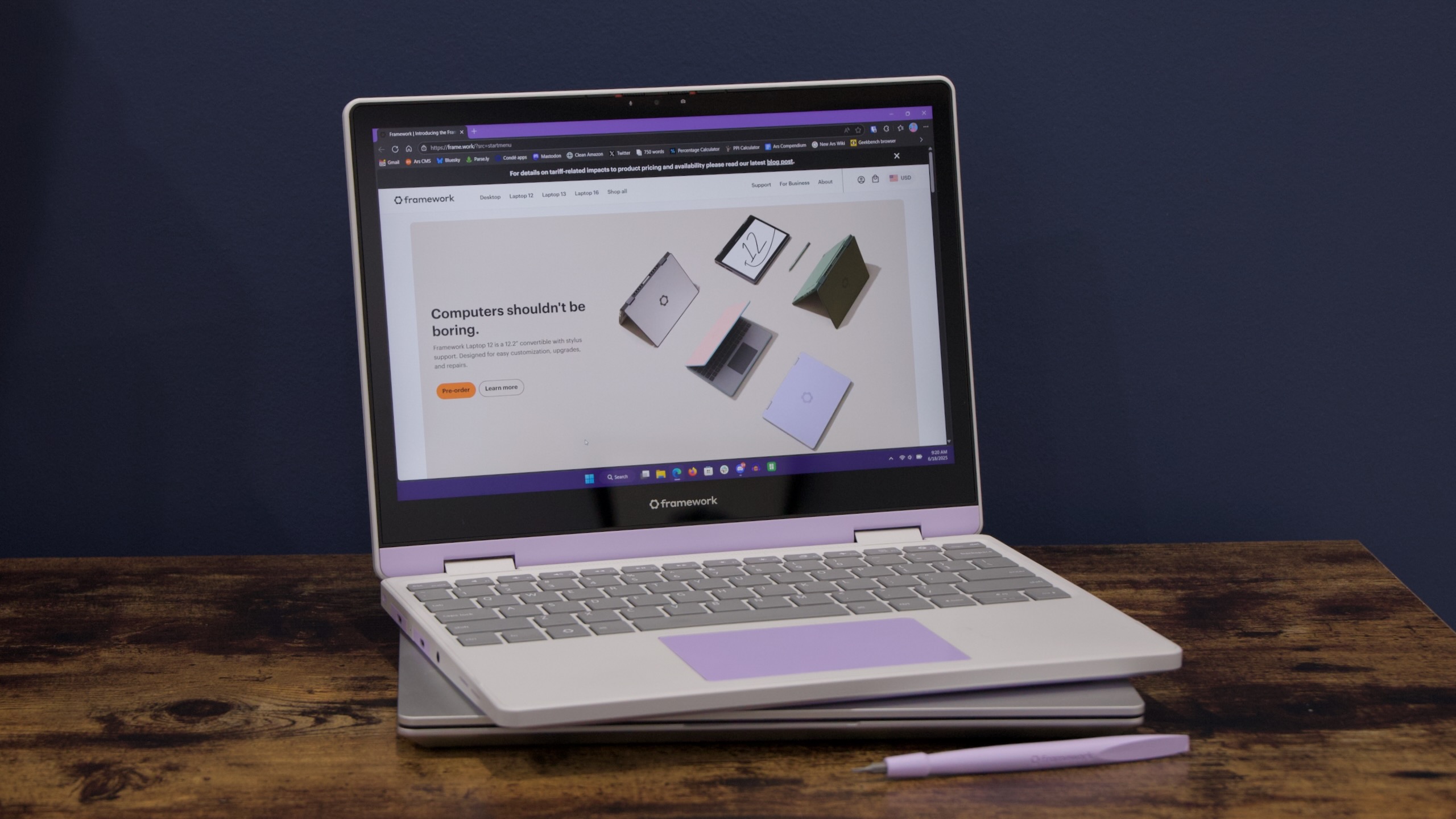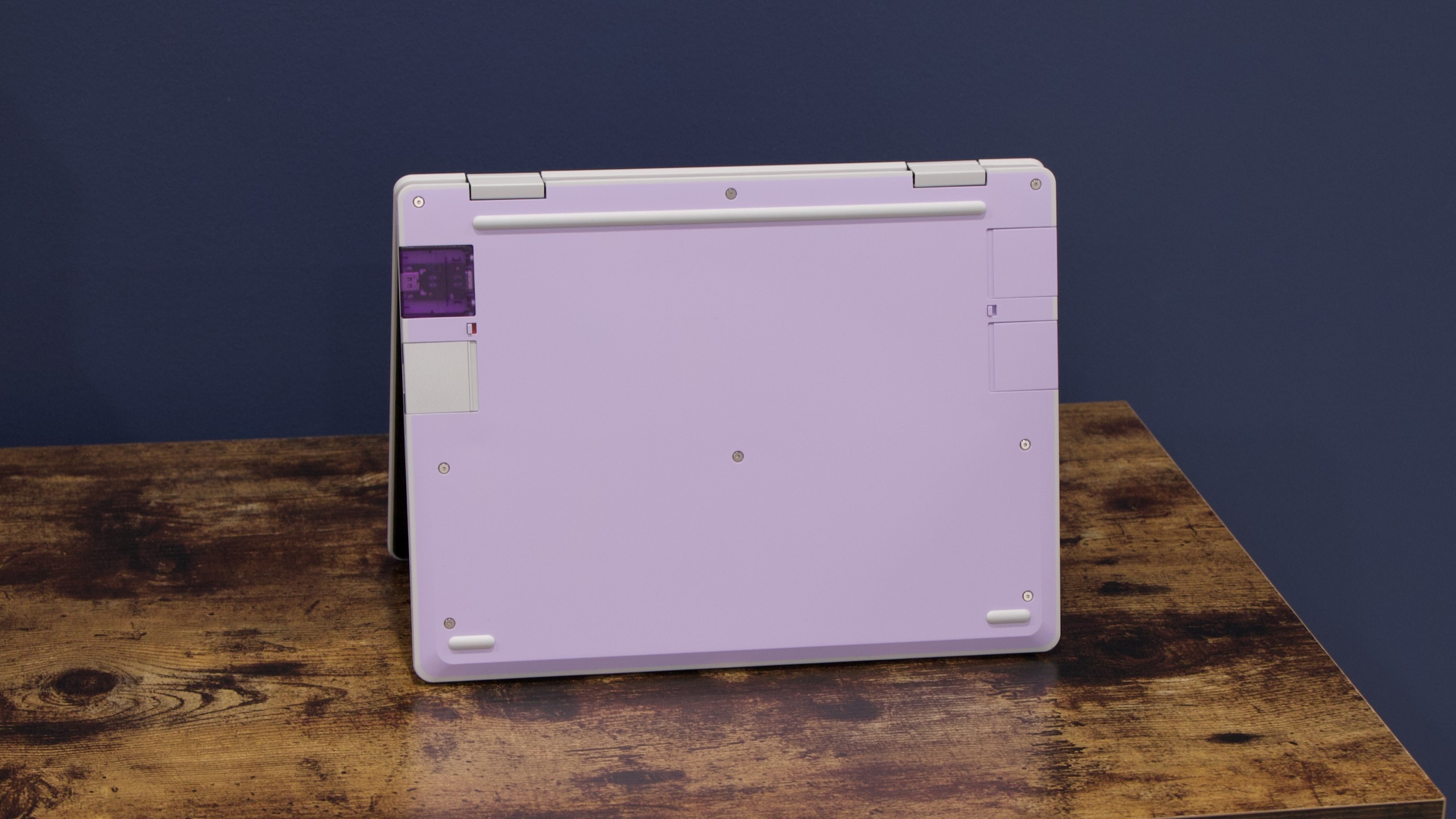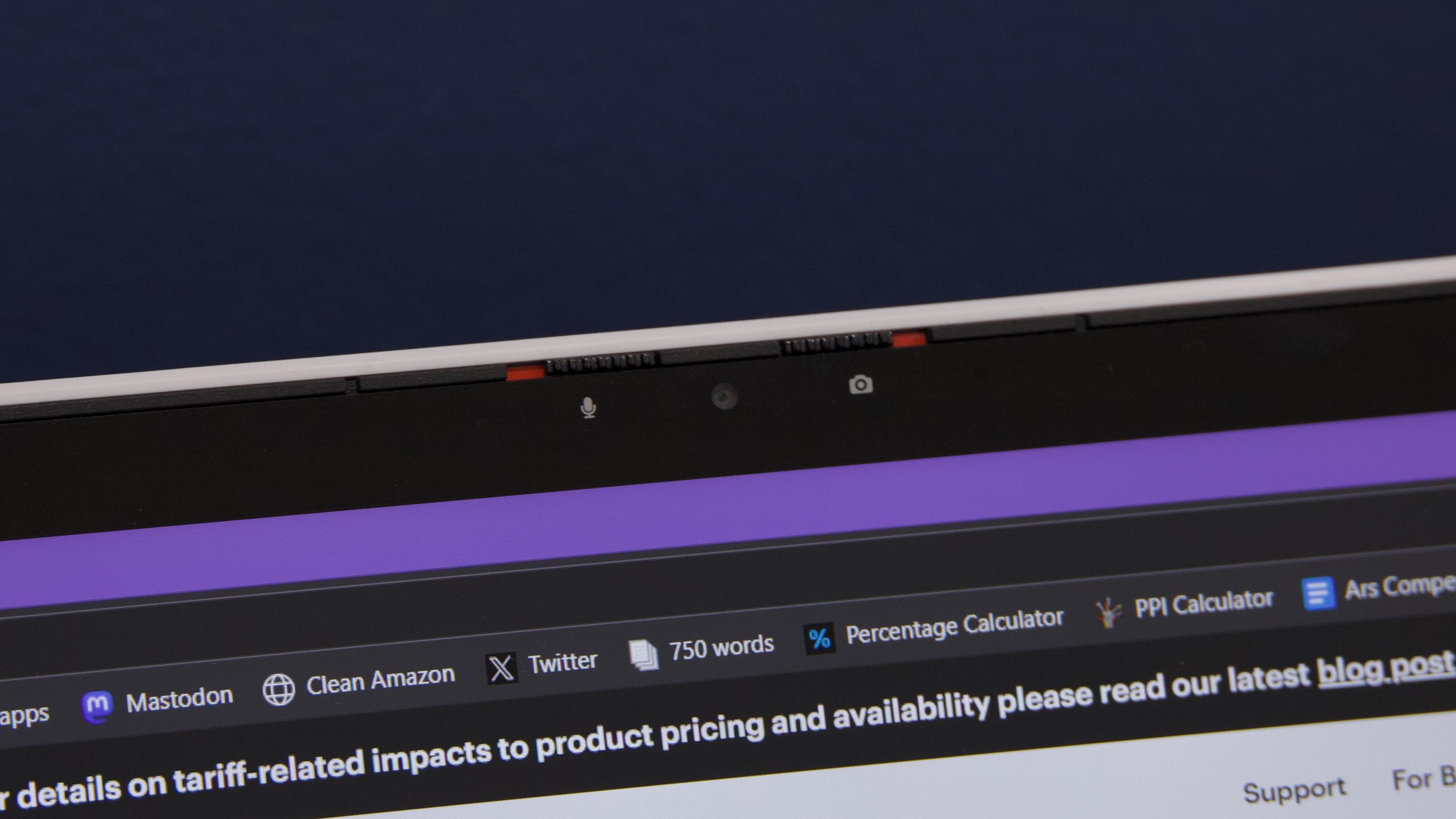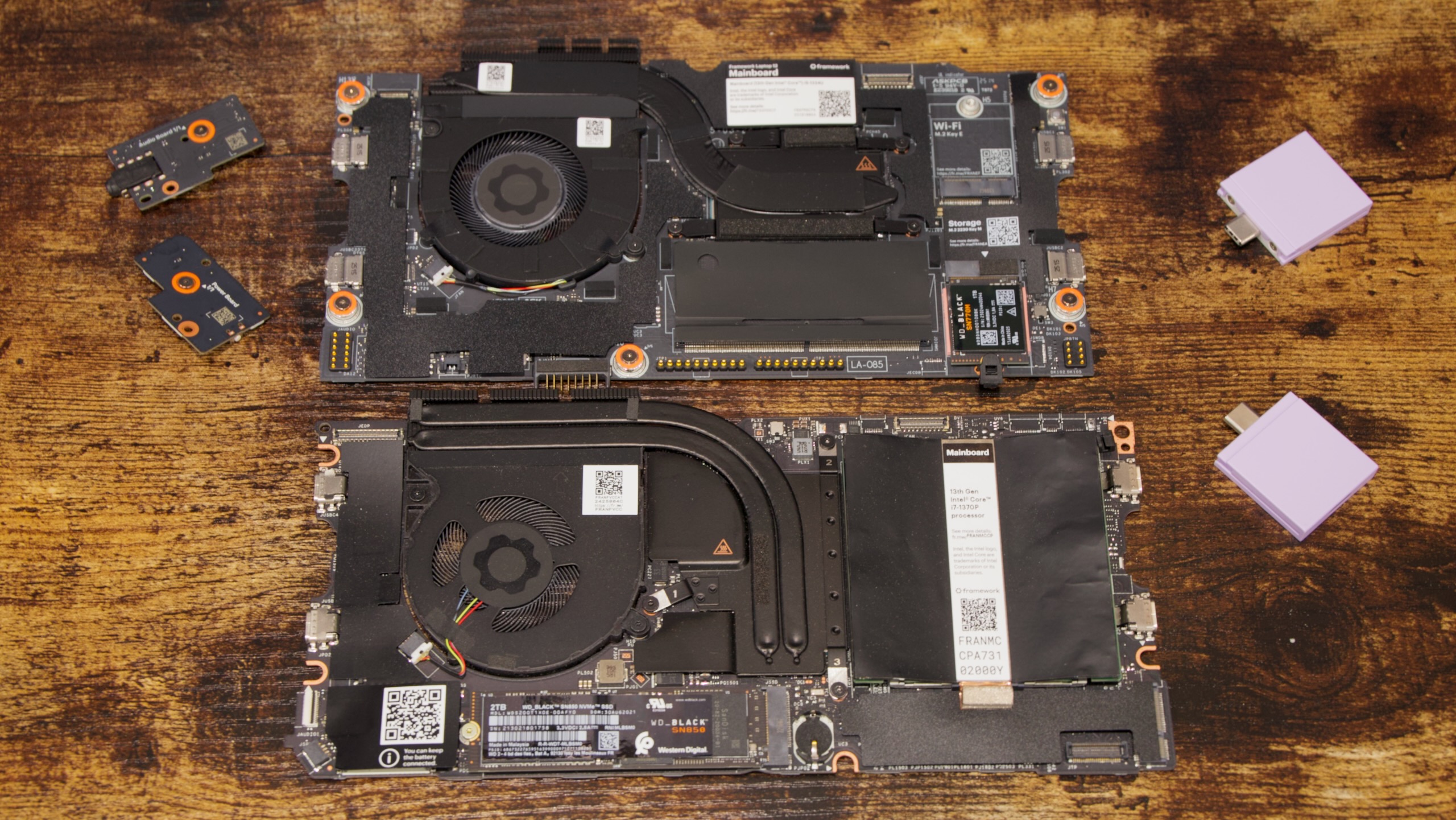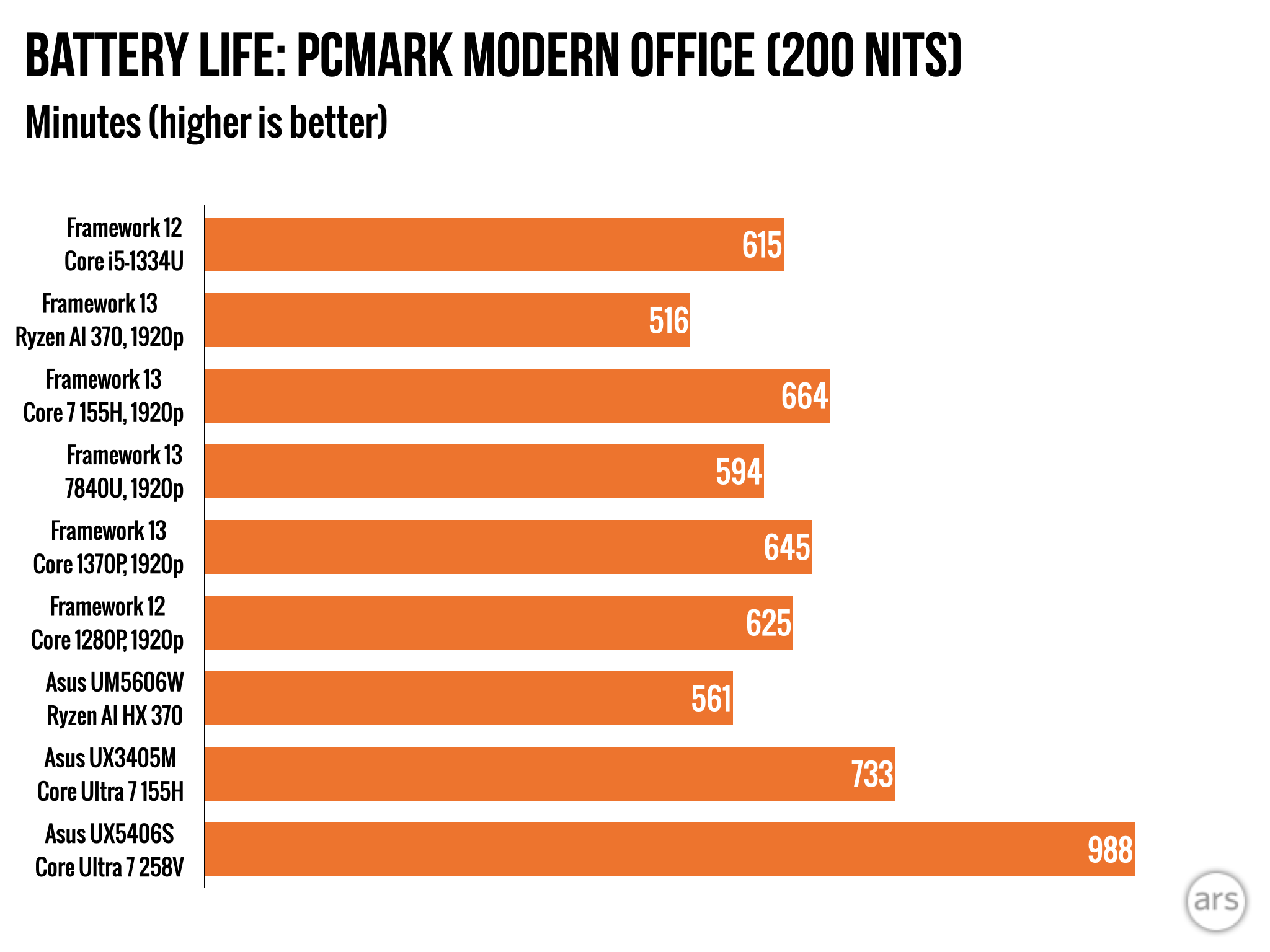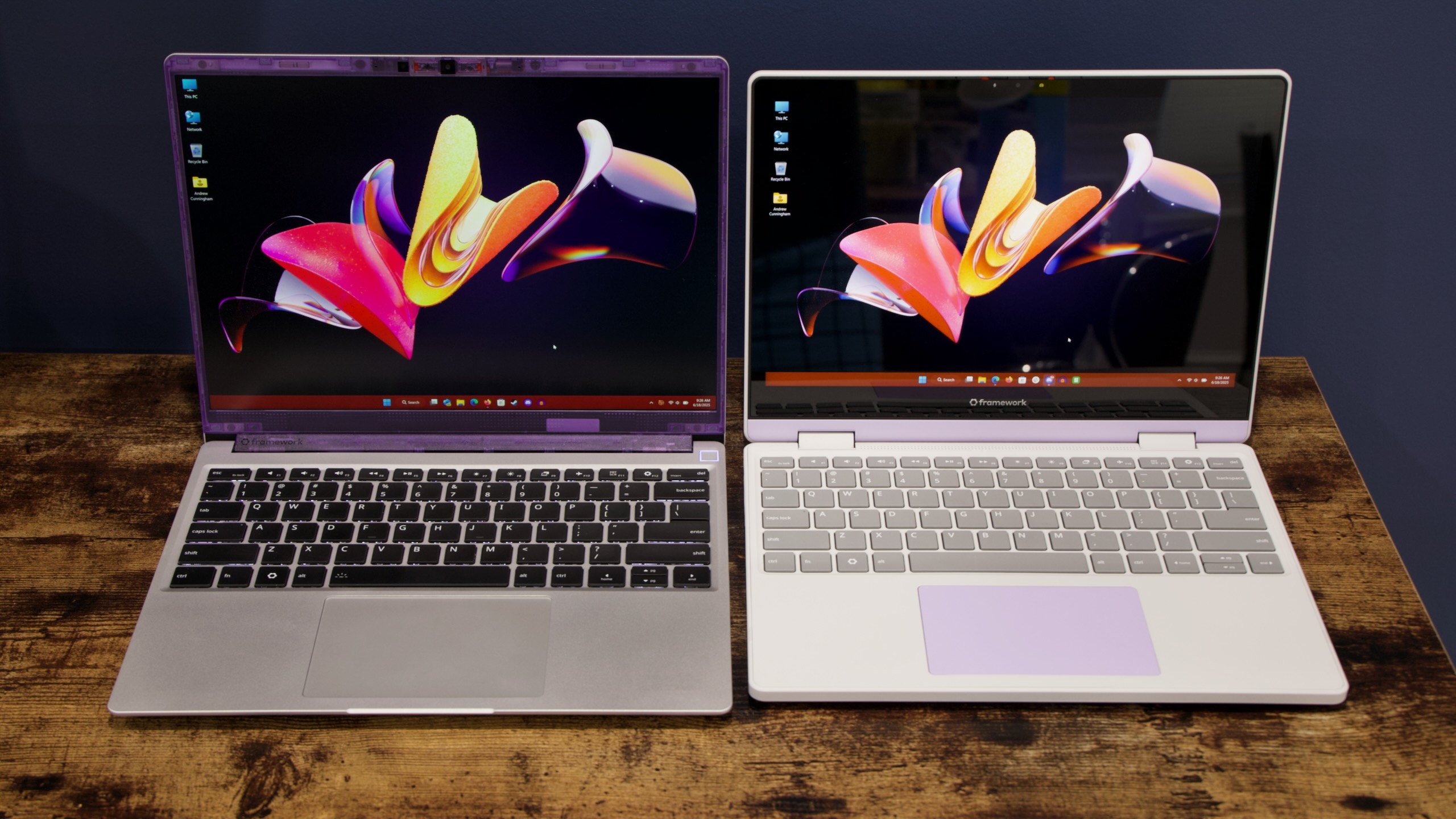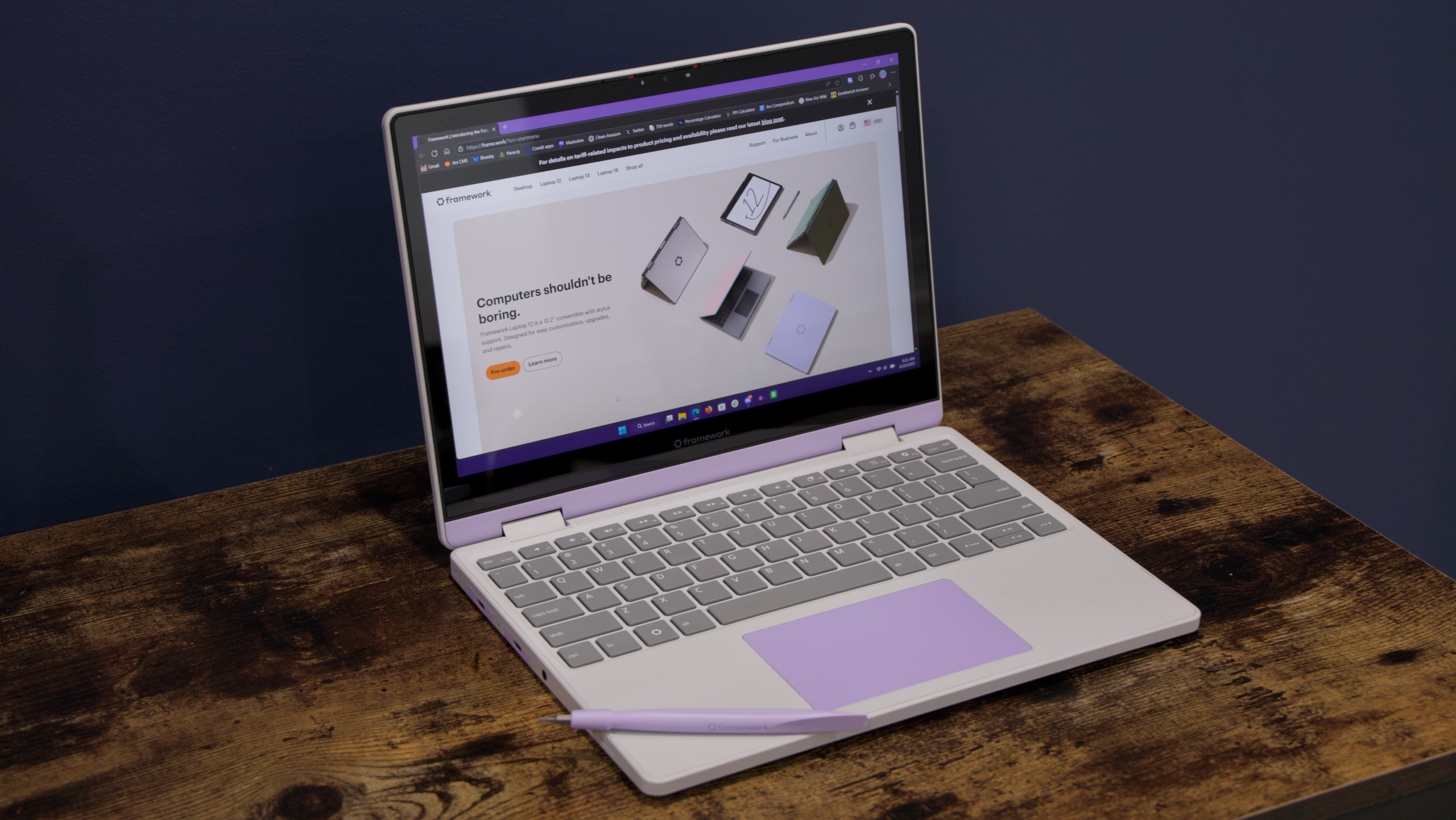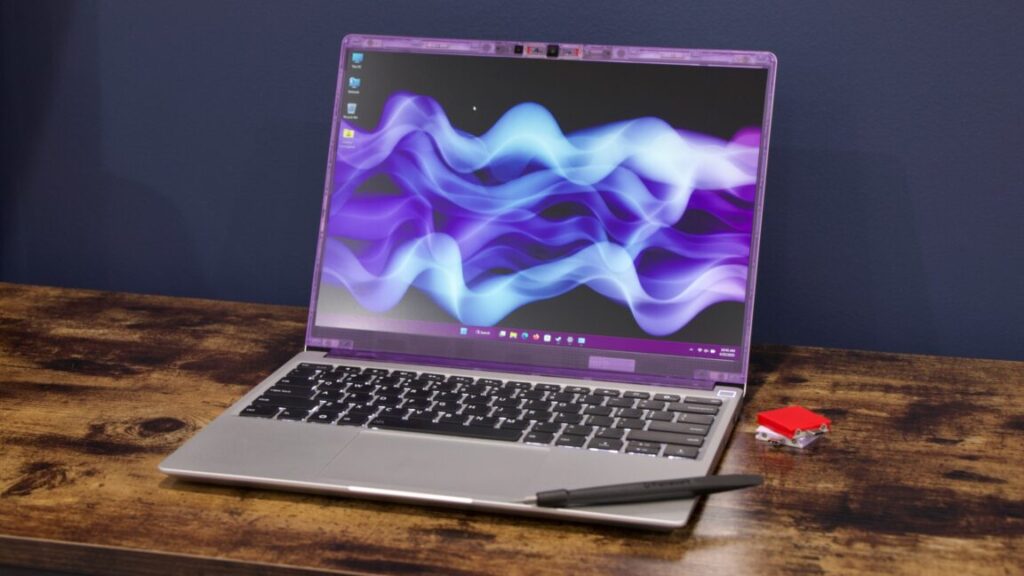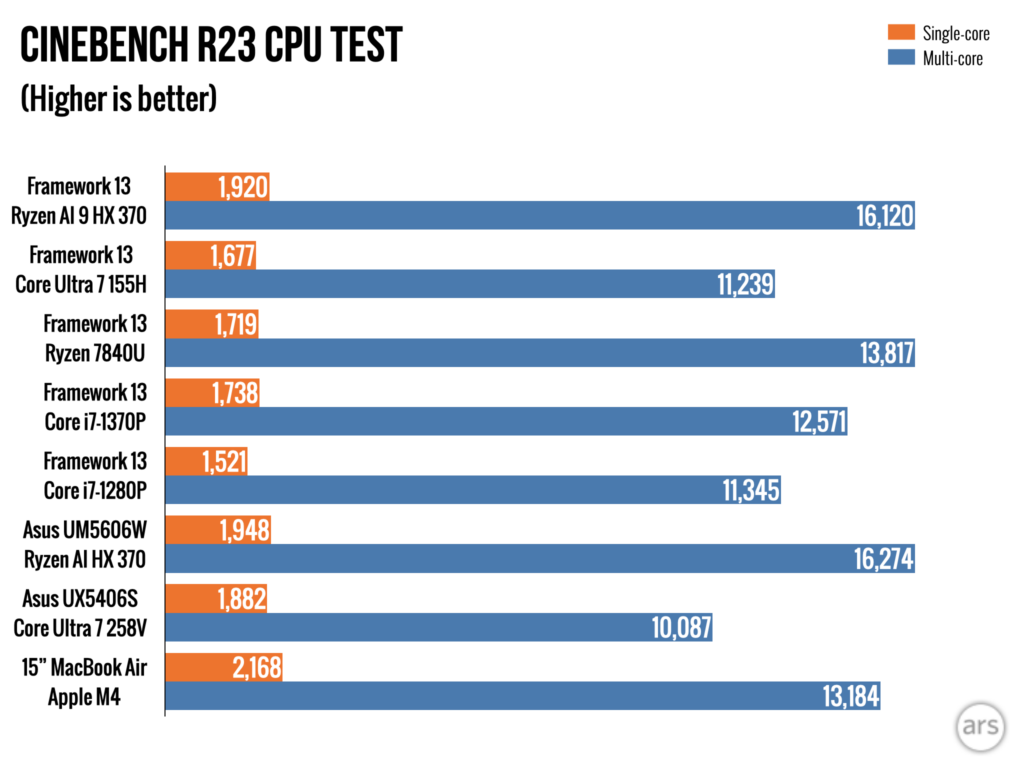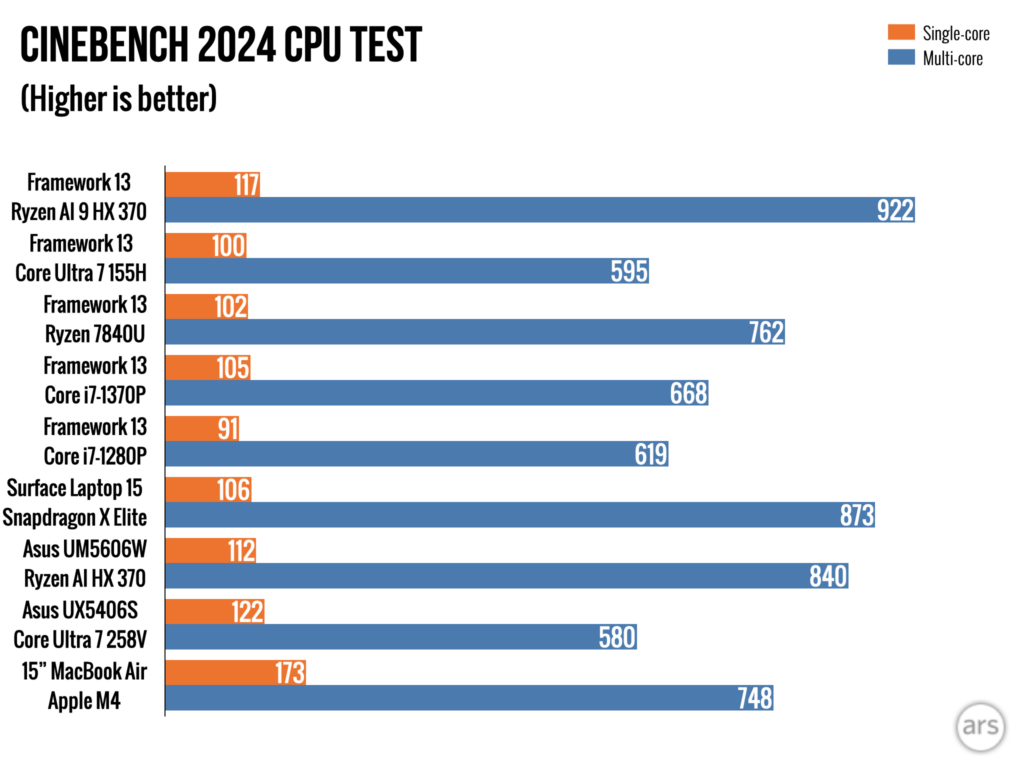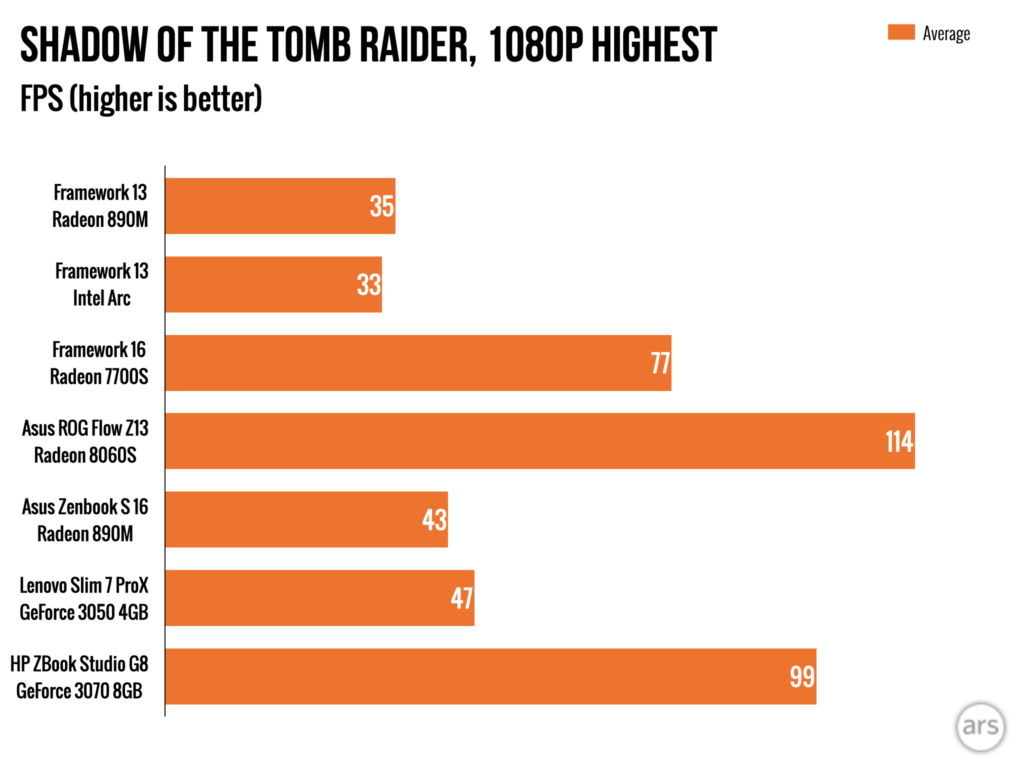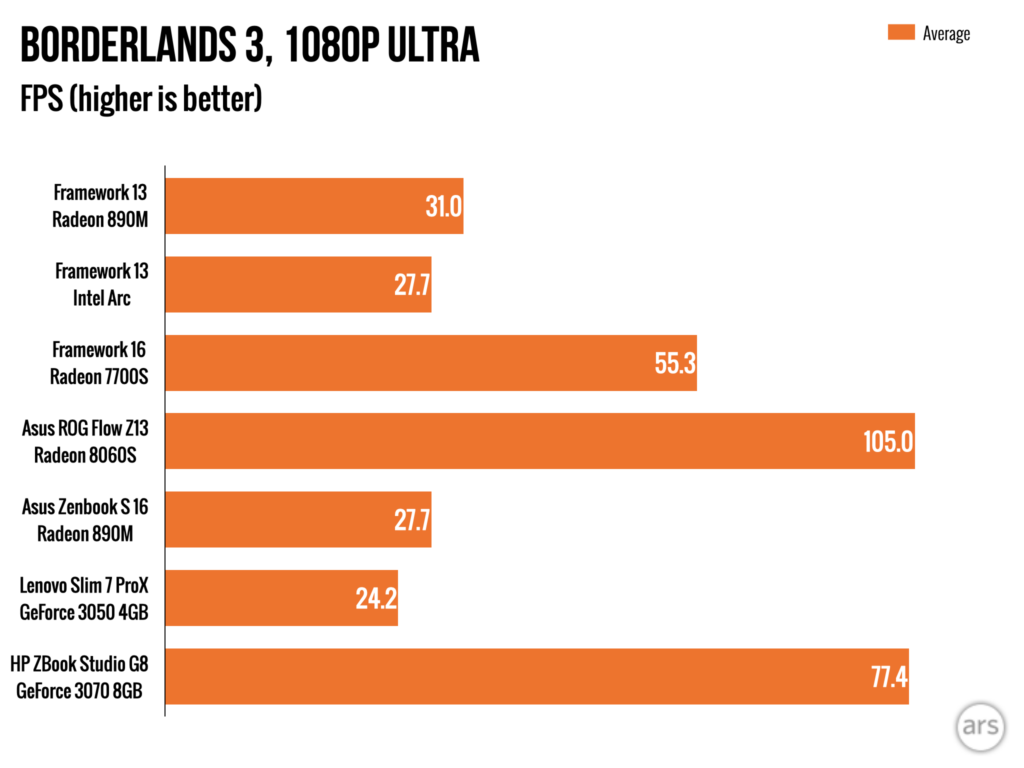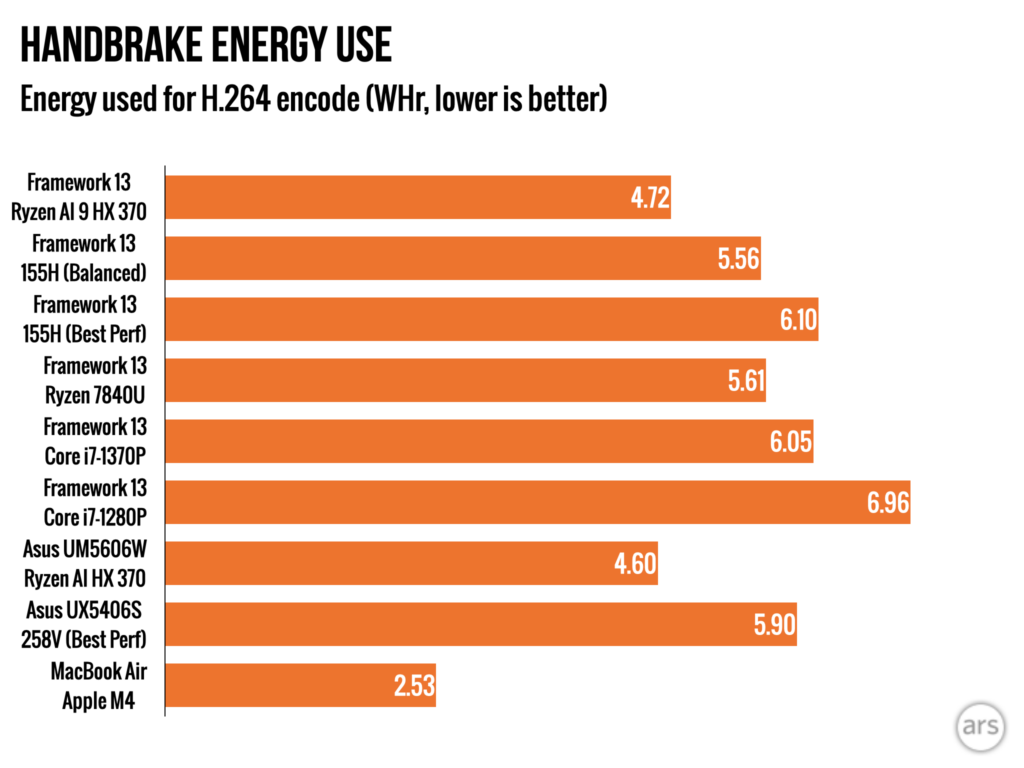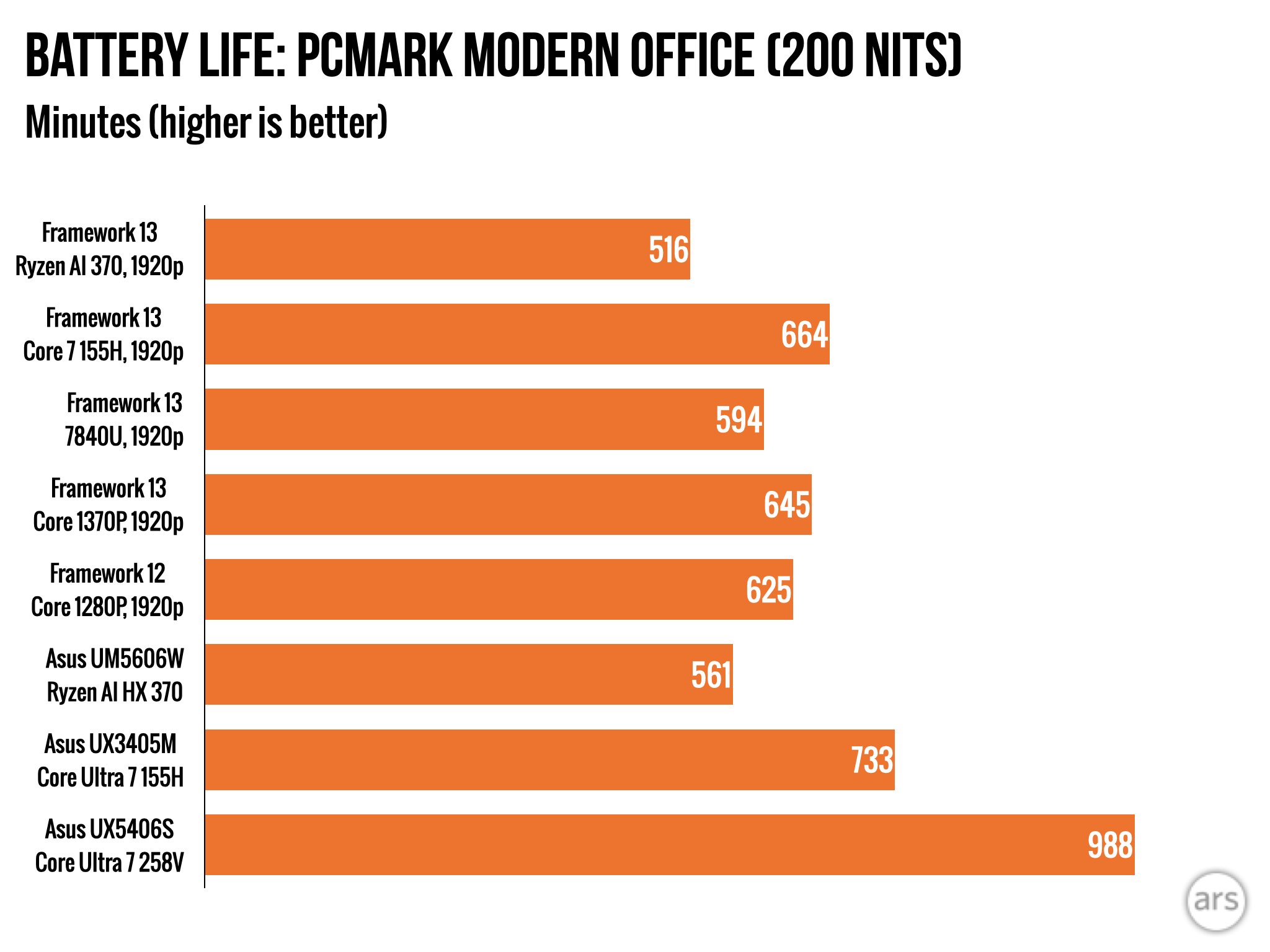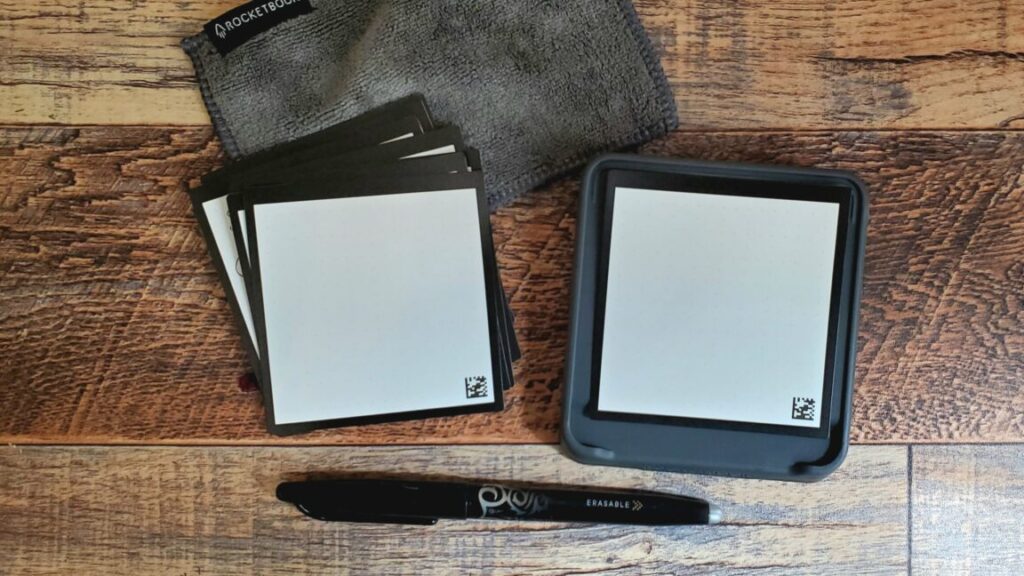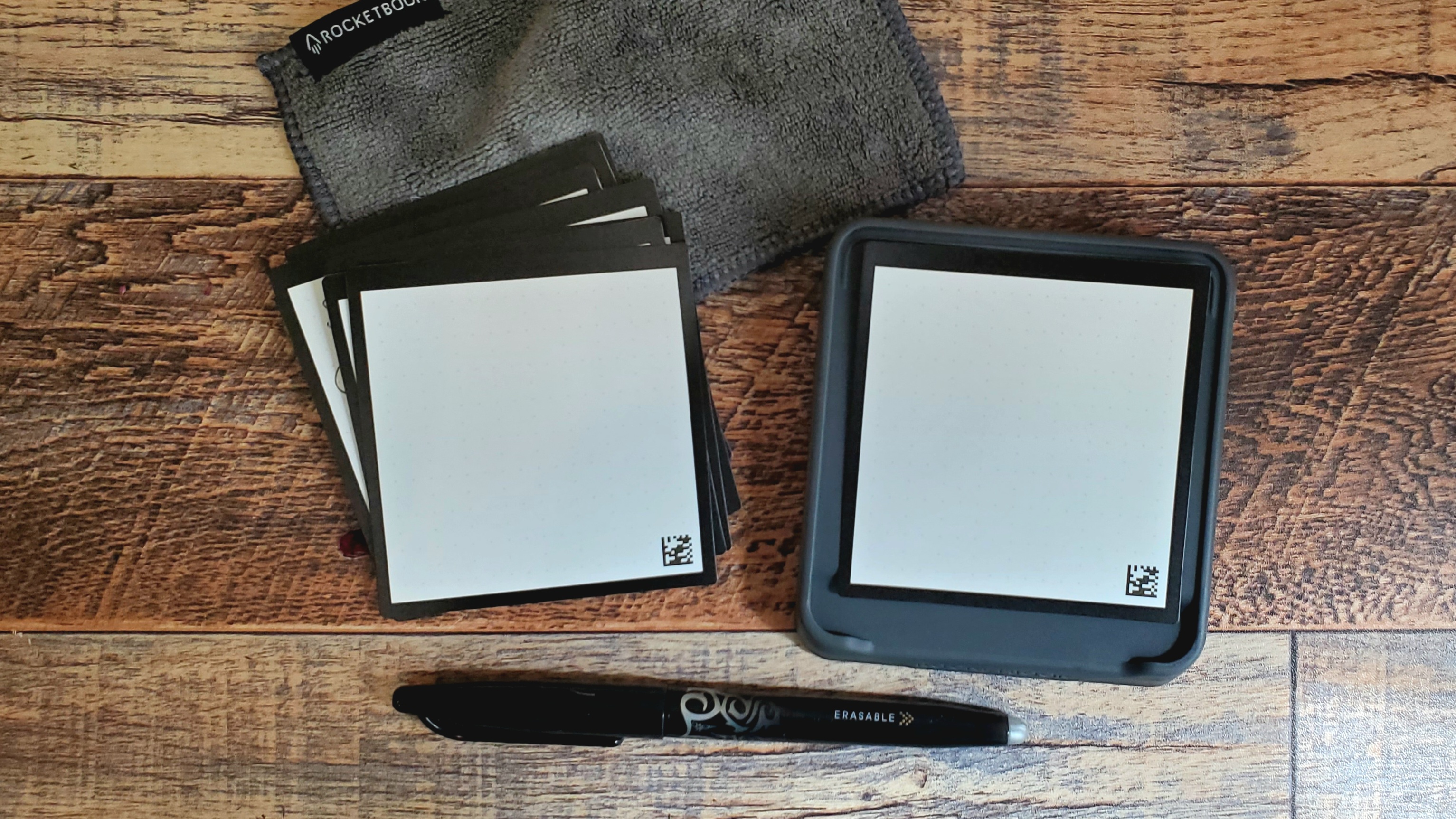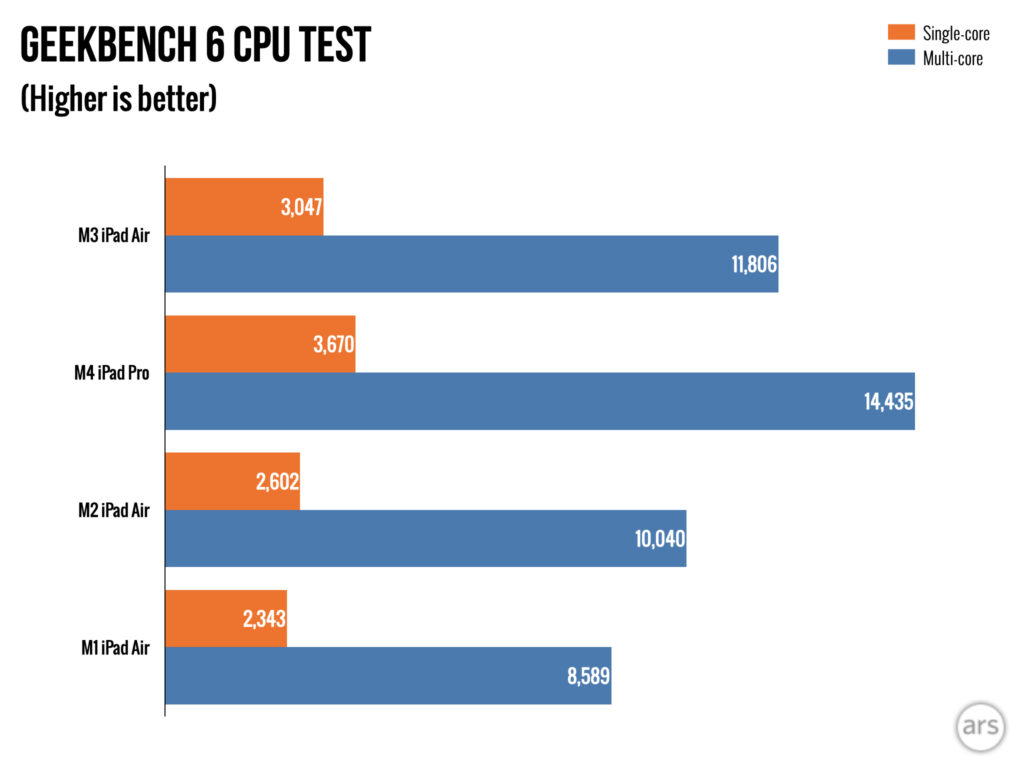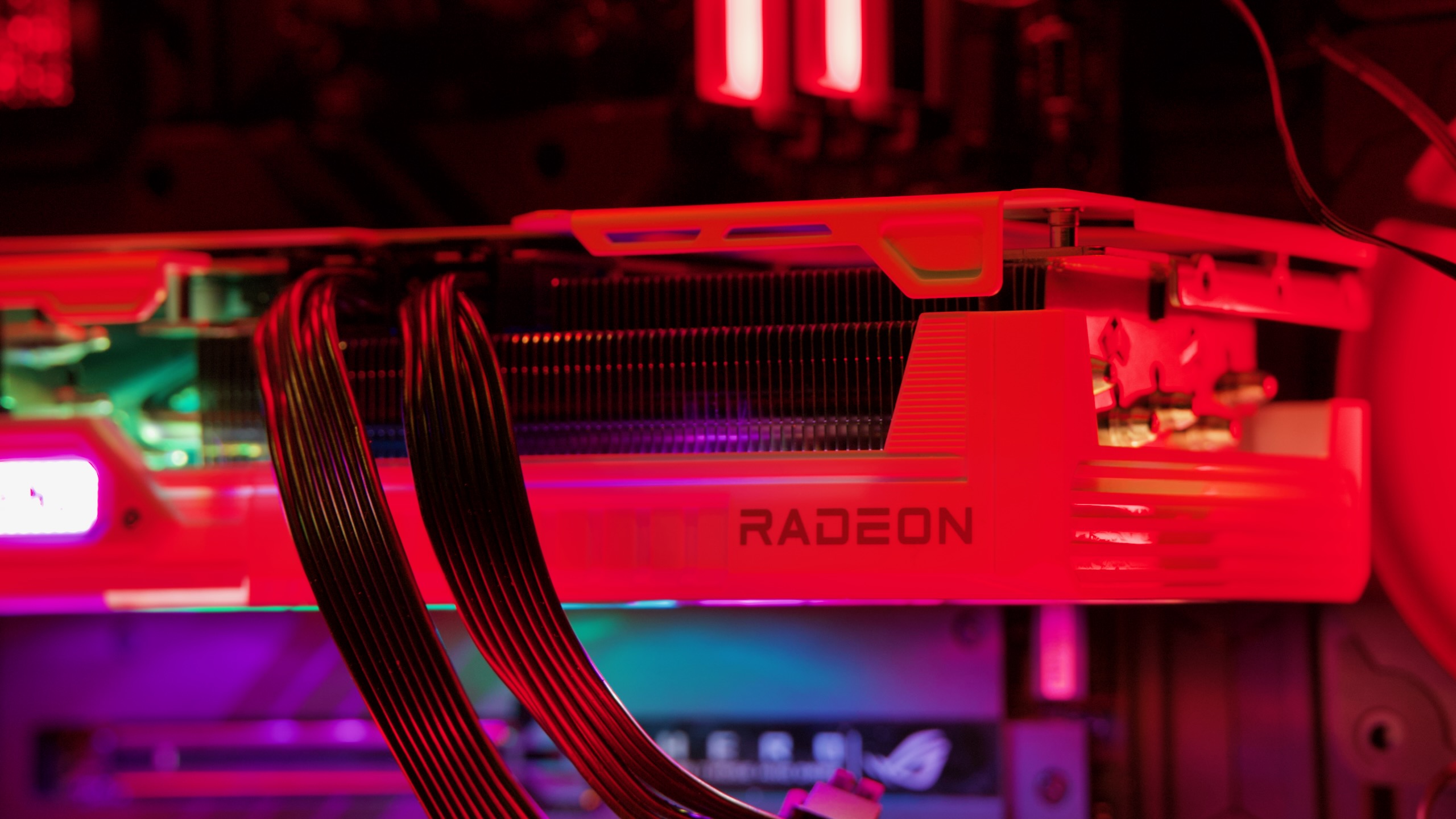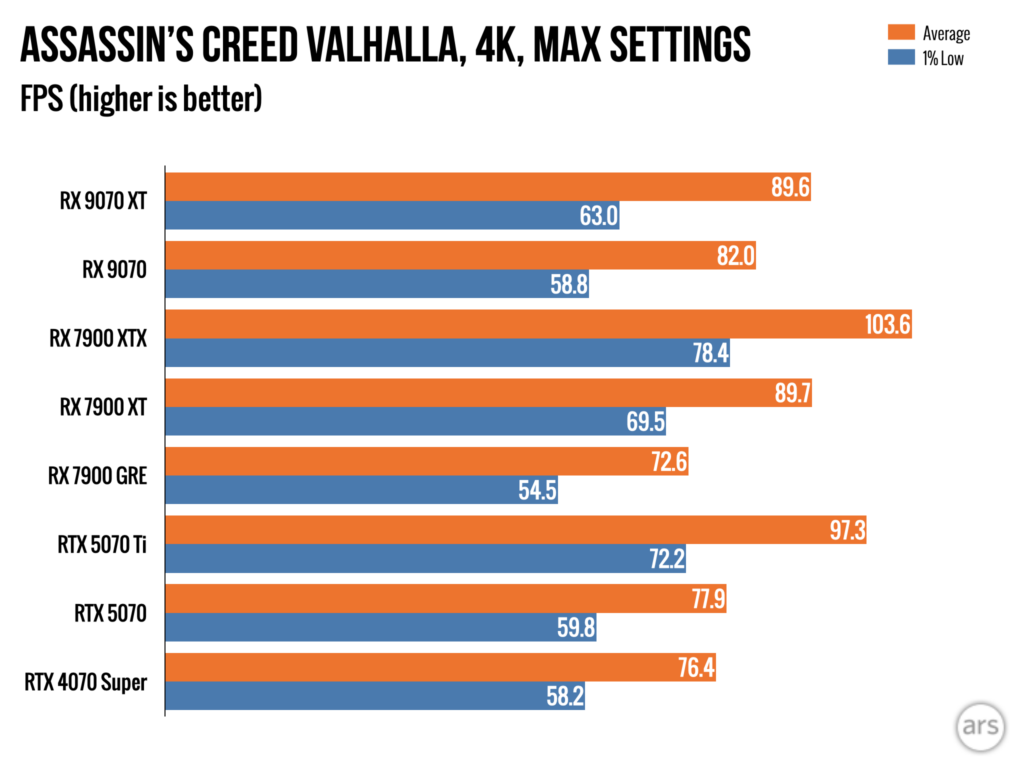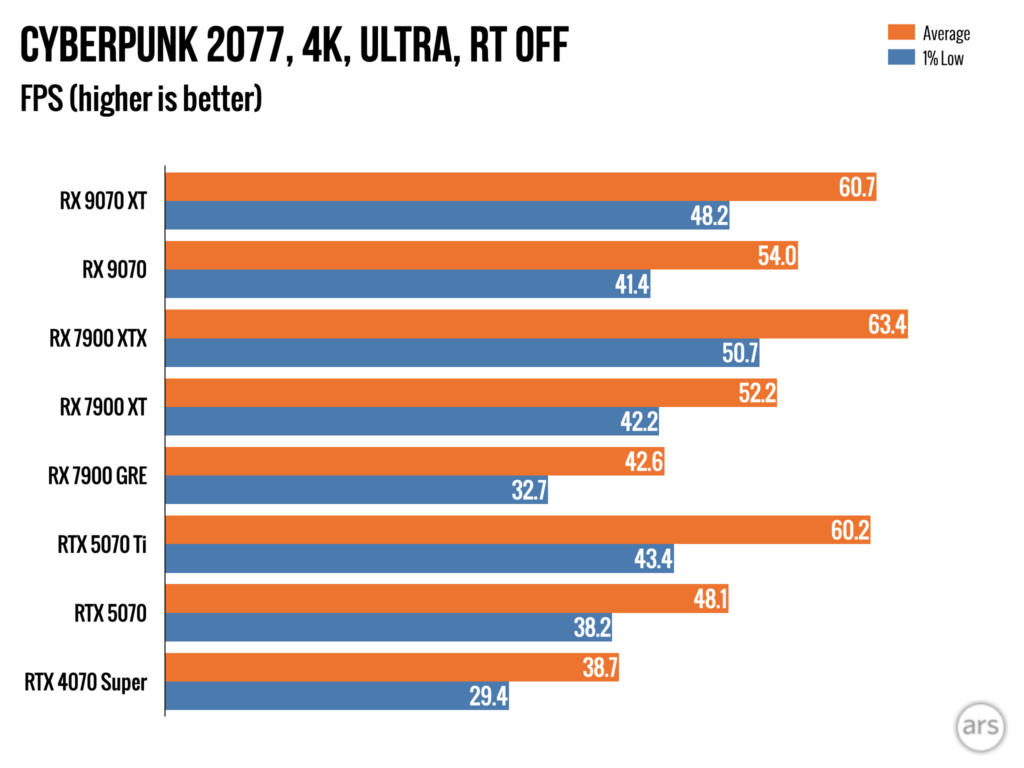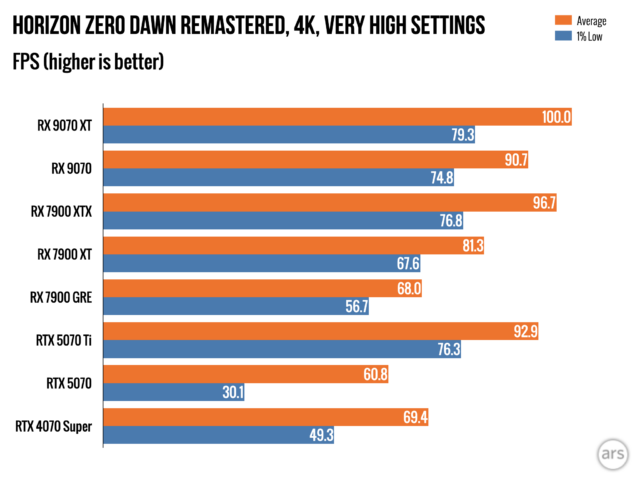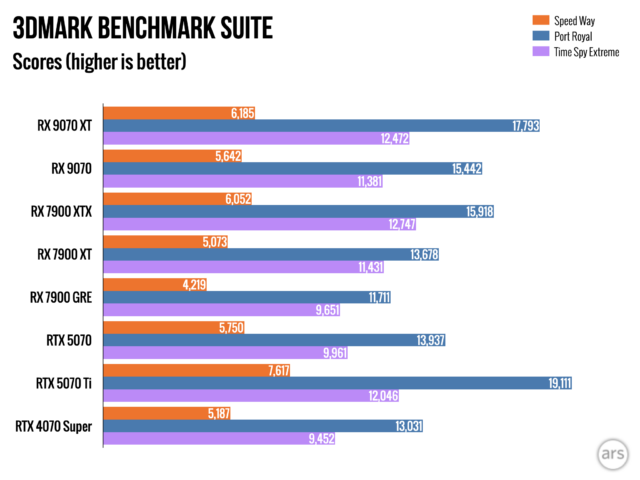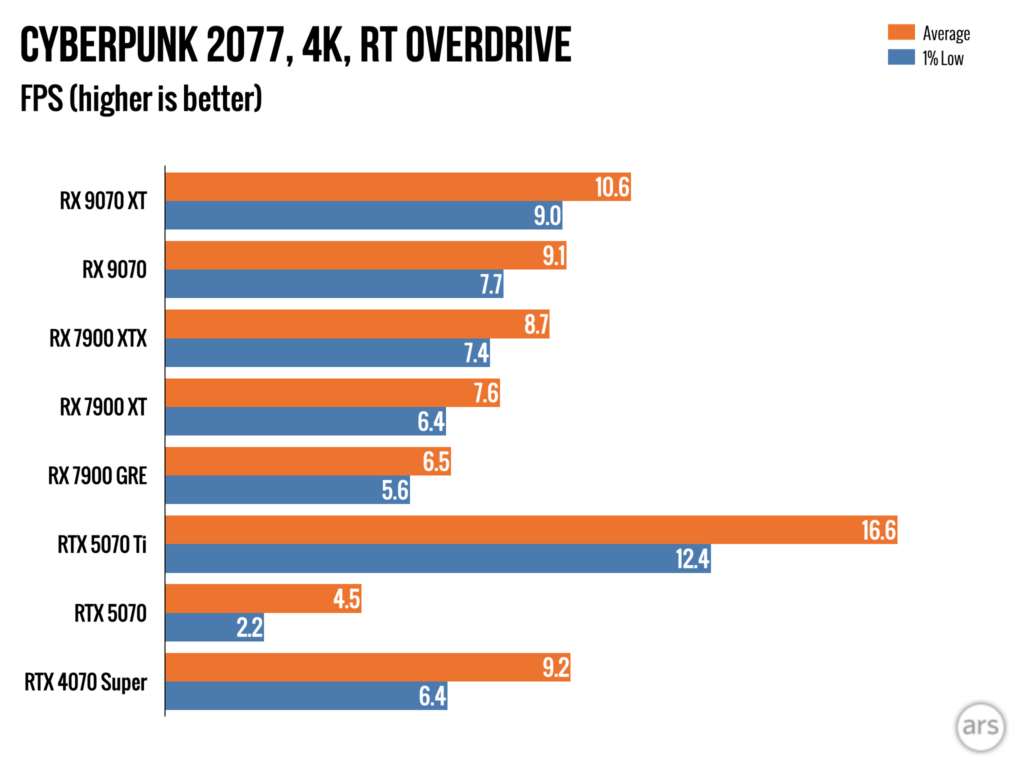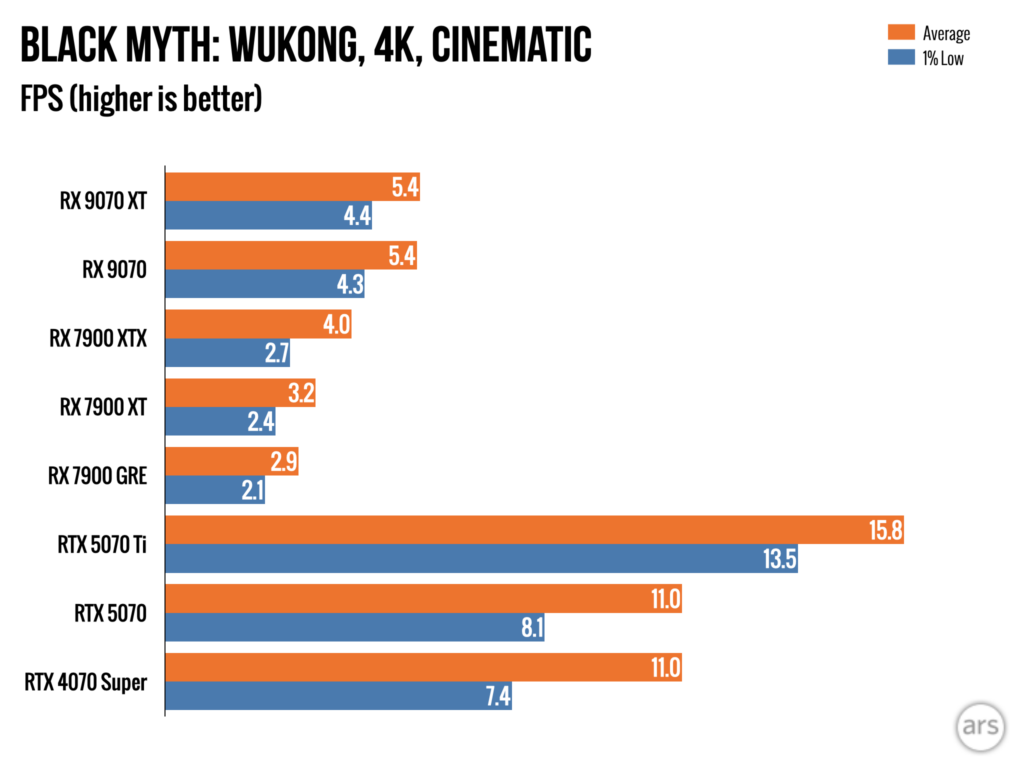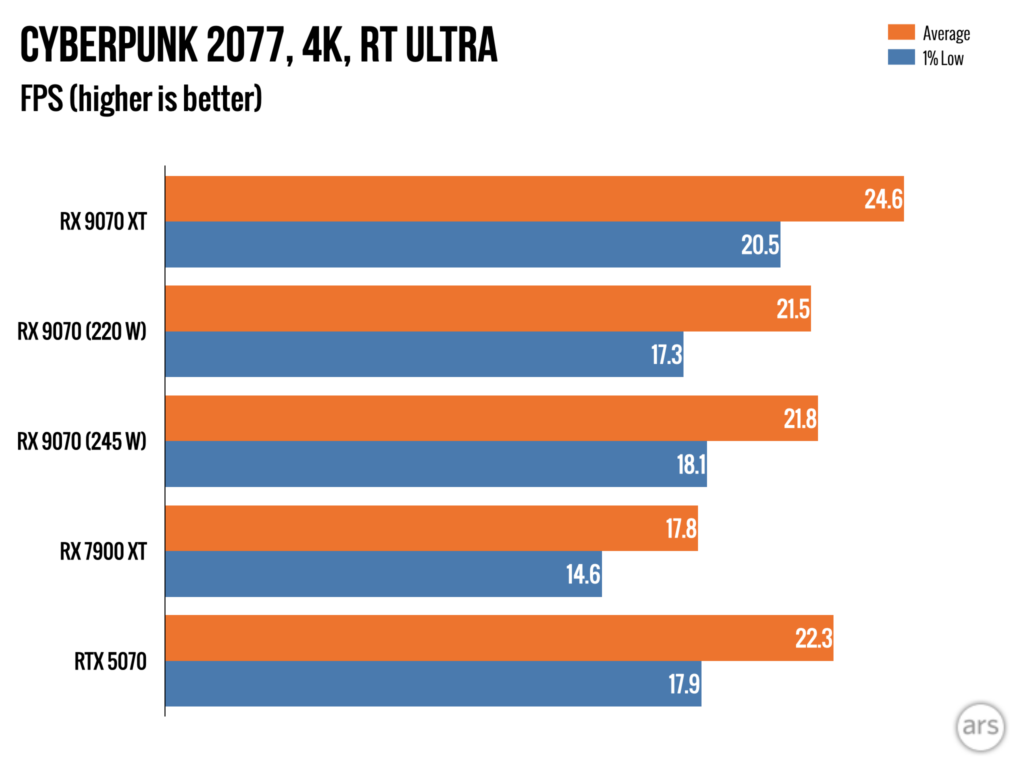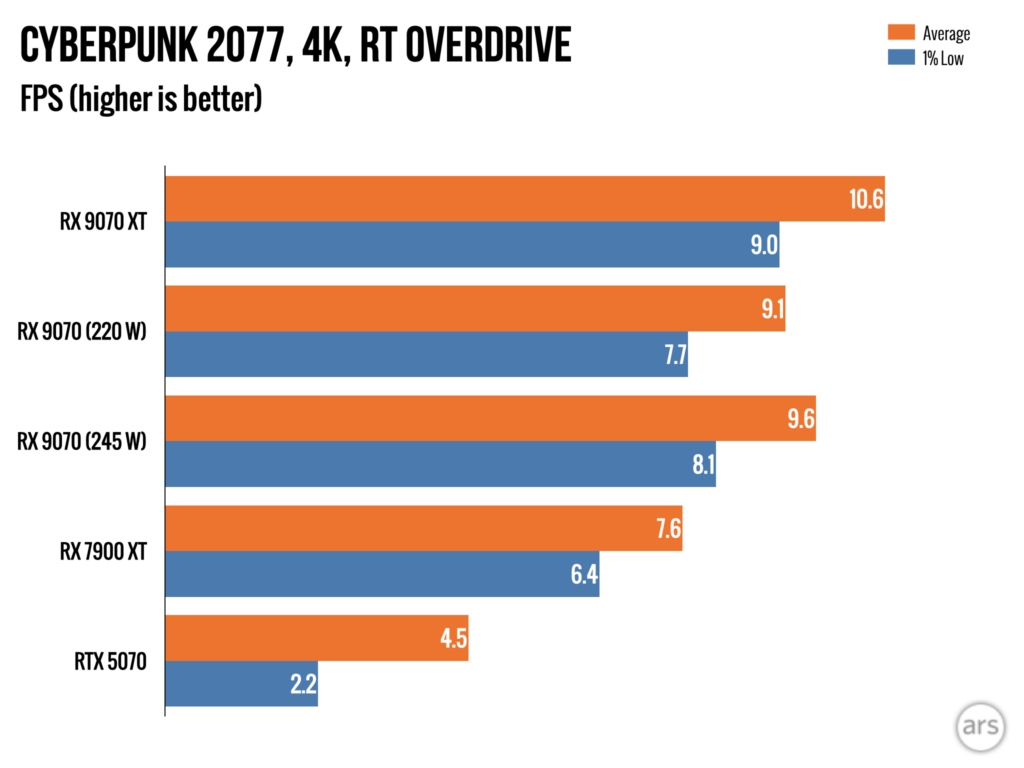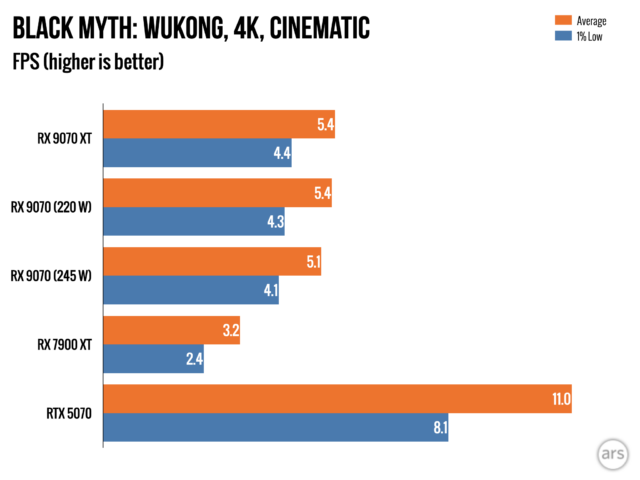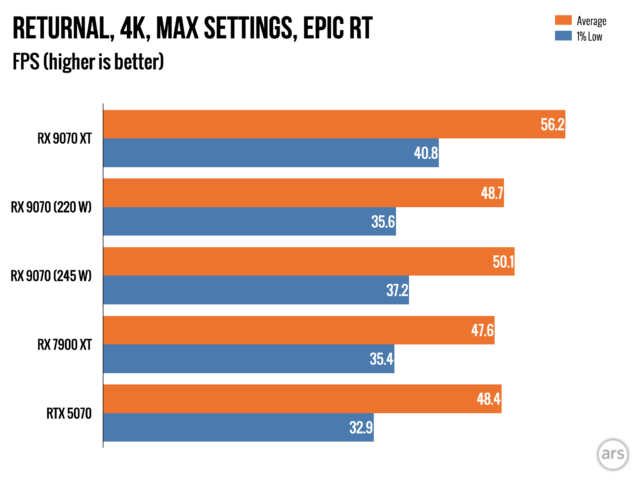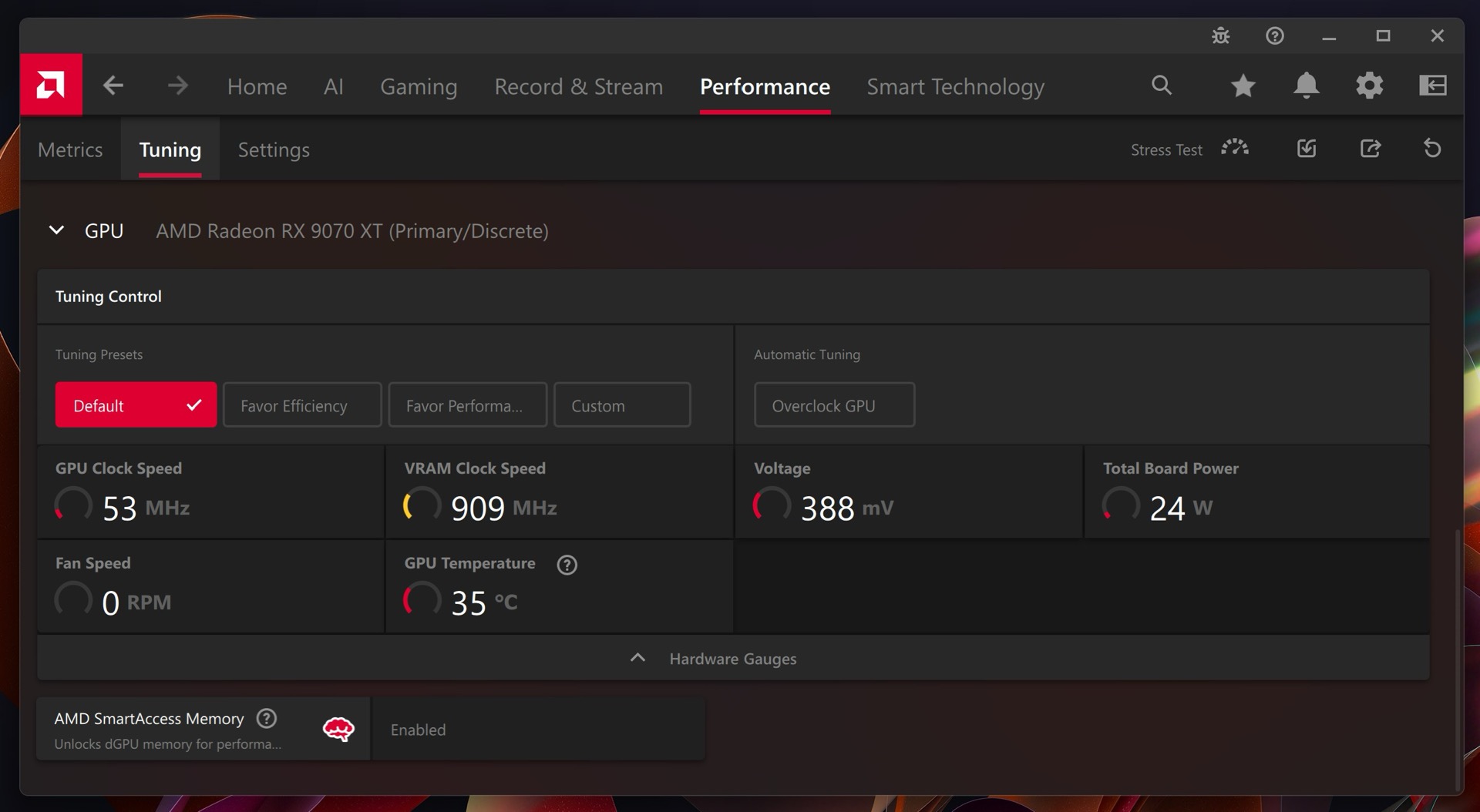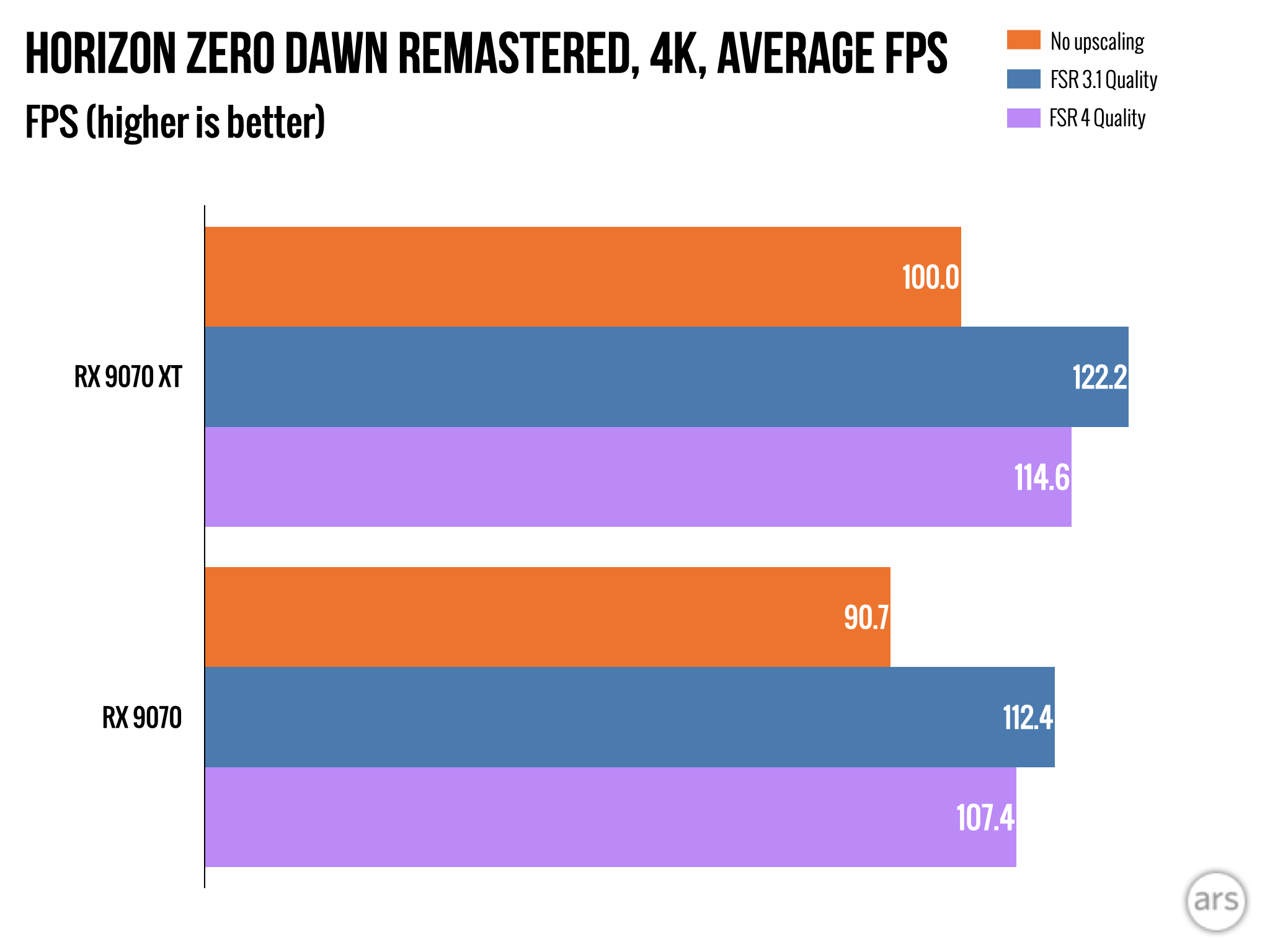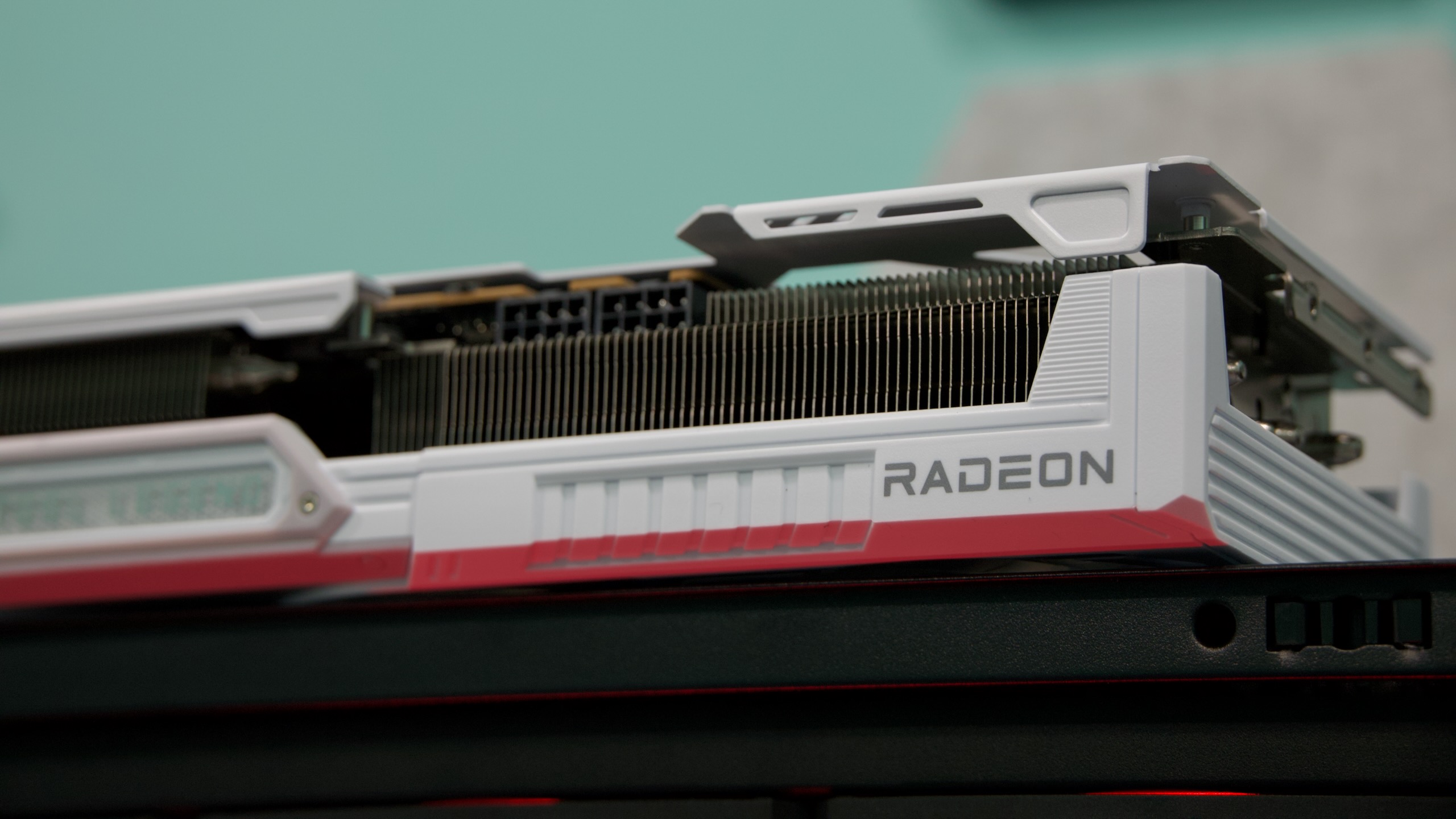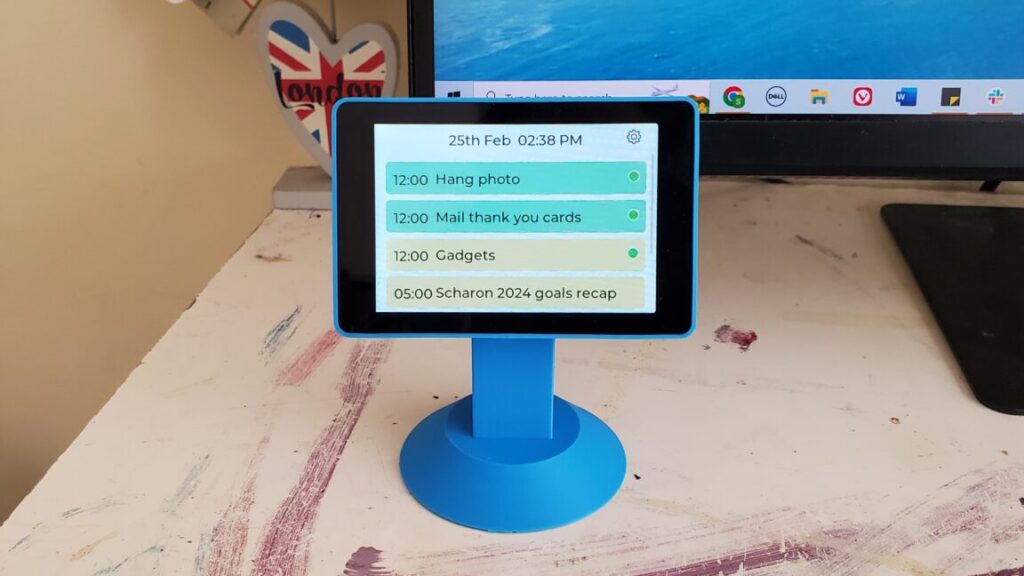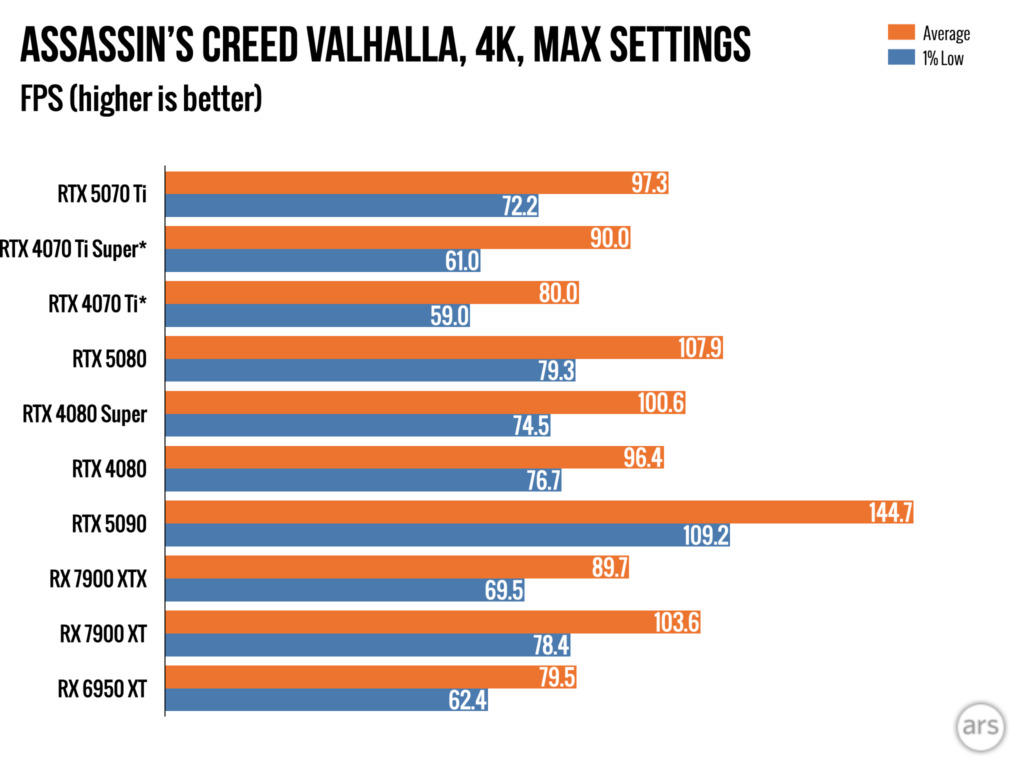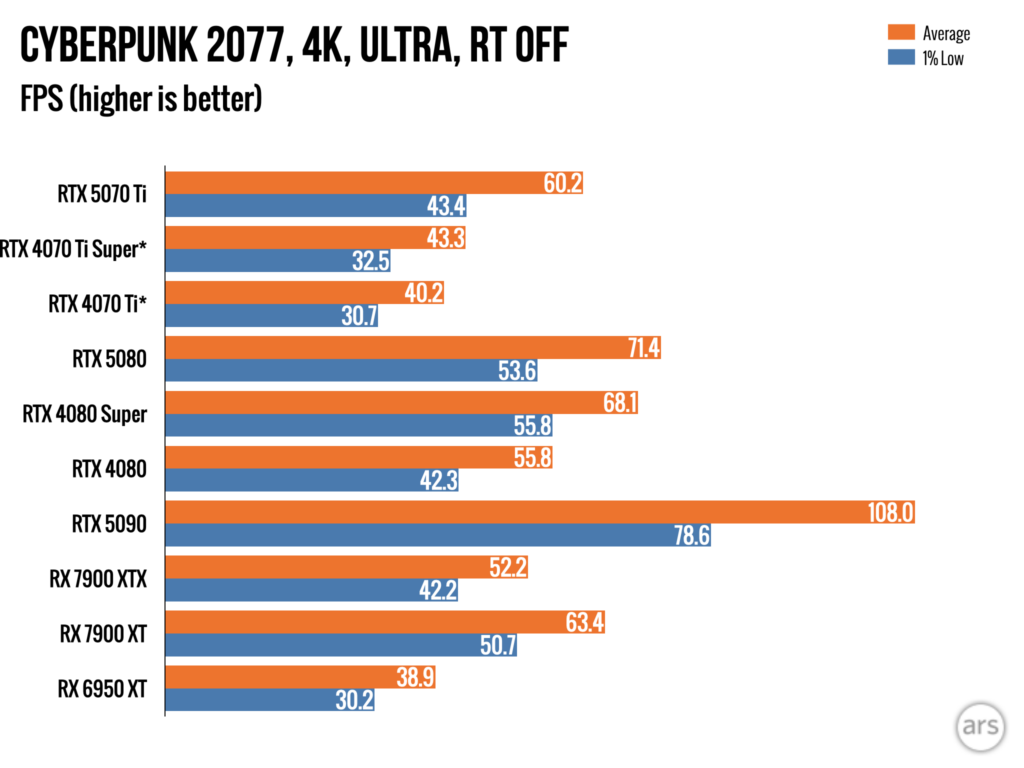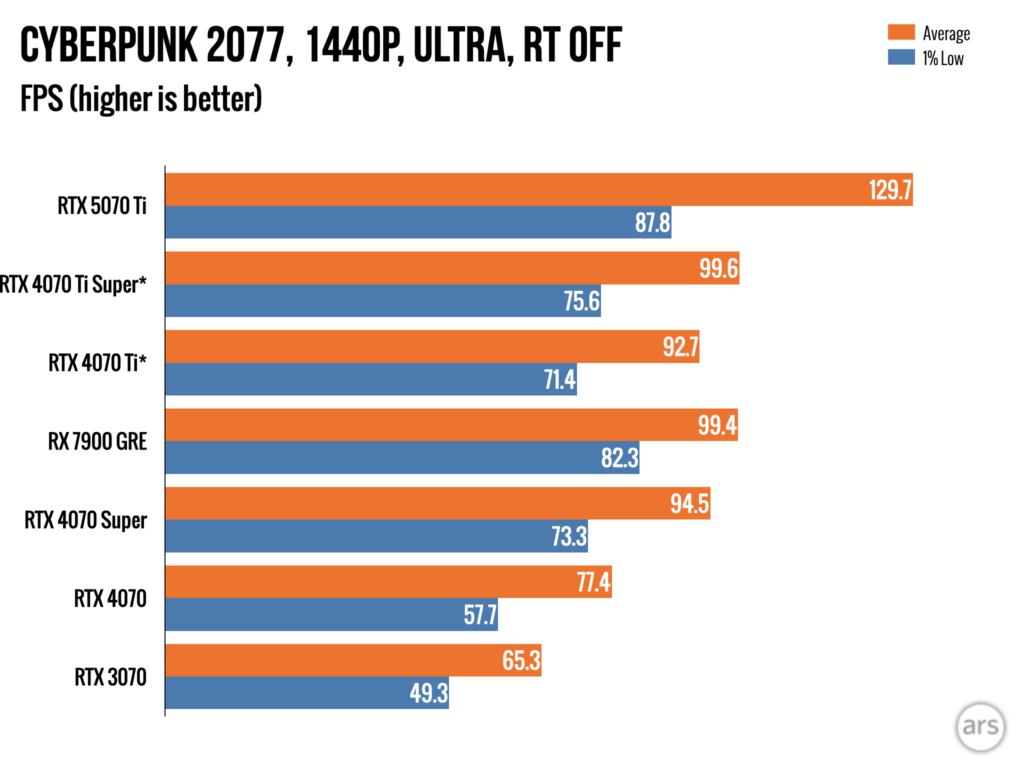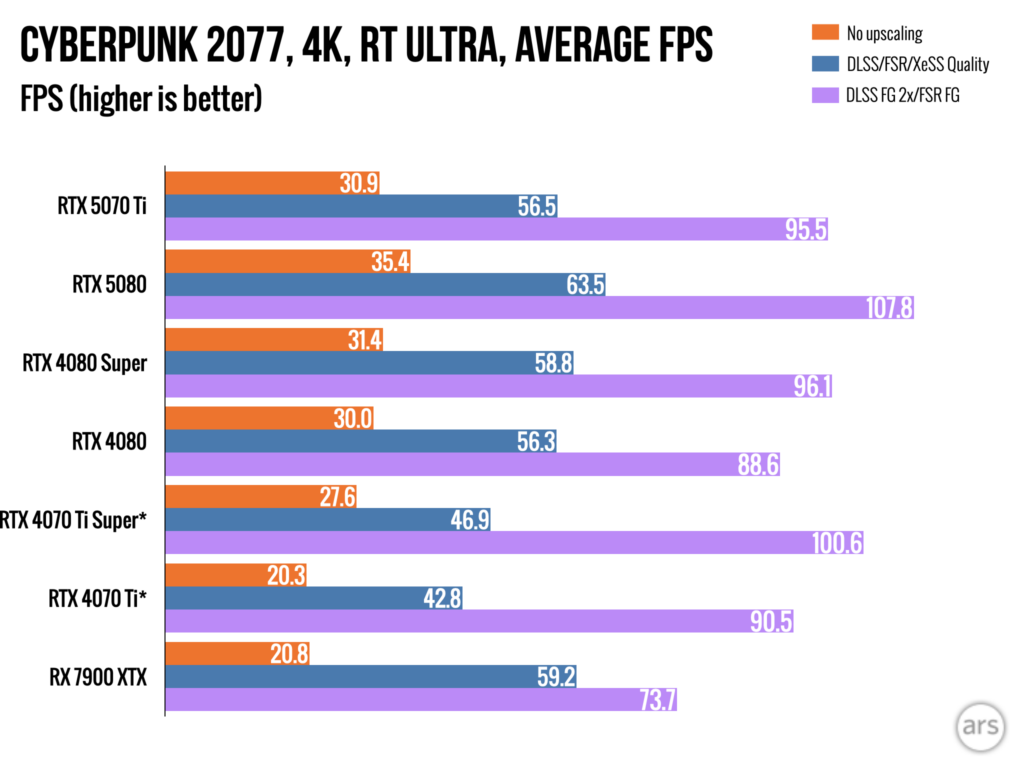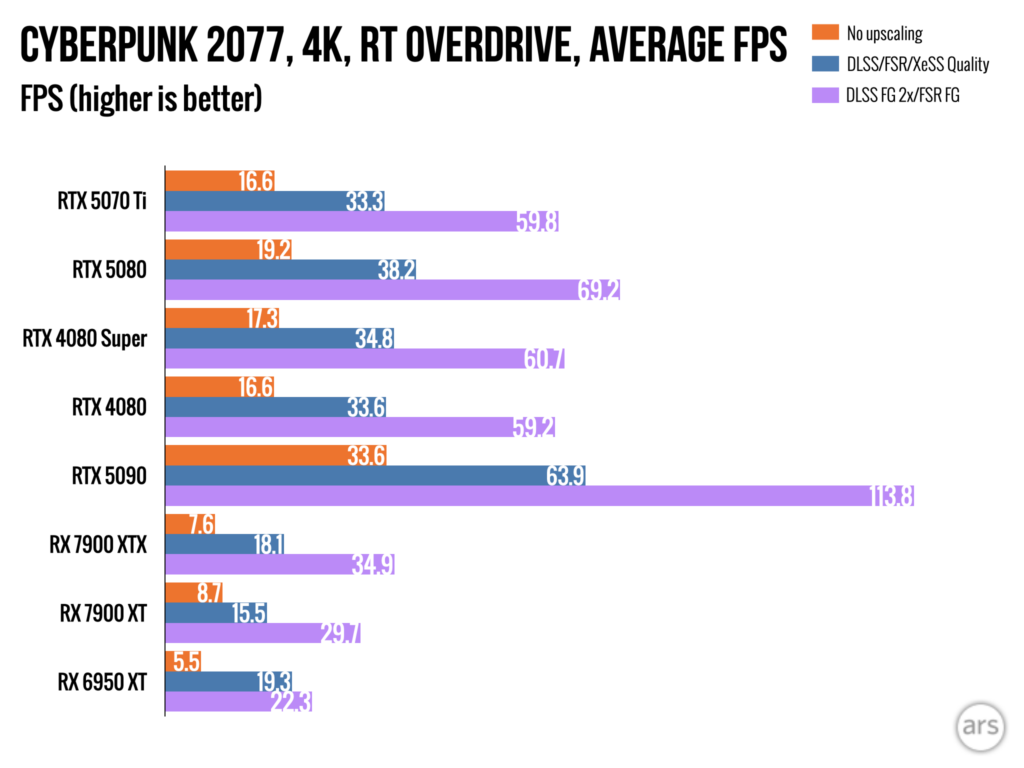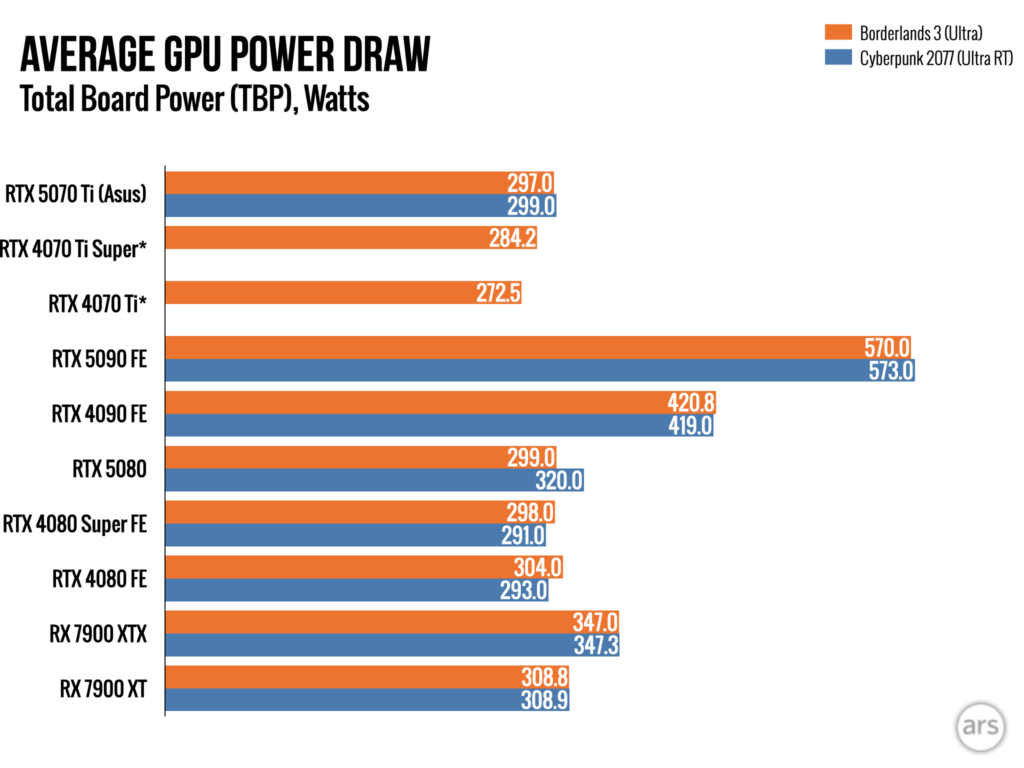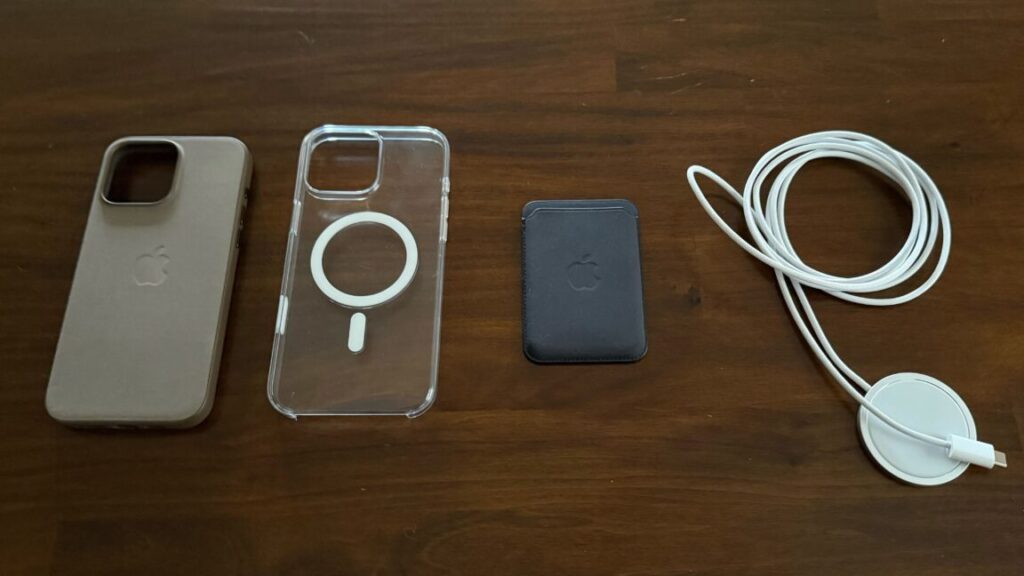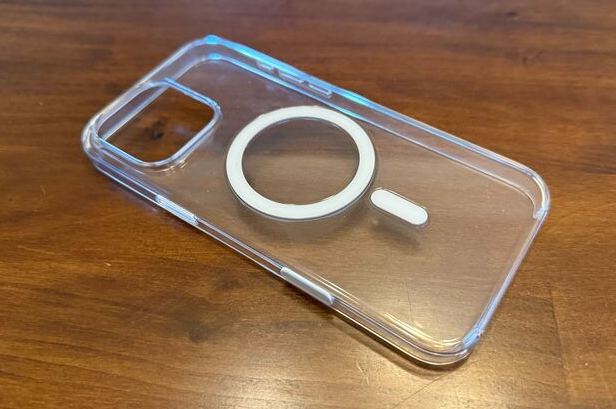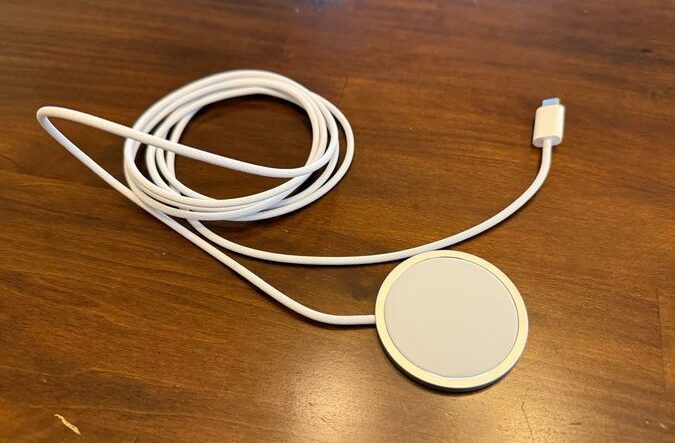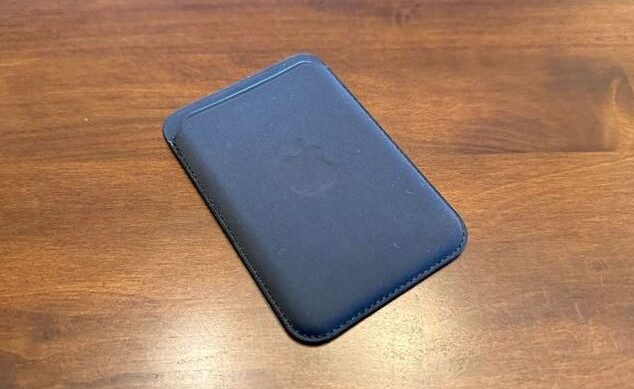Nothing Phone 3 review: Nothing ventured, nothing gained
The last few years have seen several smartphone makers pull back or totally abandon their mobile efforts. UK-based Nothing Technologies, however, is still trying to carve out a niche in the increasingly competitive smartphone market. Its tools have been quirky designs and glowing lights, along with a focus on markets outside the US. With the Nothing Phone 3, the company has brought its “first flagship” phone stateside.
Nothing didn’t swing for the fences with the Phone 3’s specs, but this device can hold its own with the likes of OnePlus and Google. Plus, it has that funky Nothing design aesthetic. There’s a transparent back, a tiny dot matrix screen, and a comprehensive Android skin. But at the end of the day, the Nothing Phone 3 is not treading new ground.
Designing Nothing
Despite Nothing’s talk about unique designs, the Nothing Phone 3 looks unremarkable from the front. The bezels are slim and symmetrical all the way around the screen. Under a sheet of Gorilla Glass 7i, it has a 6.67-inch 120Hz OLED screen with an impressive 1260 x 2800 resolution. It hits 4,500 nits of brightness, which is even higher than Google and Samsung phones. It’s more than bright enough to be readable outdoors, and the touch sensitivity is excellent—sometimes too excellent, as we’ve noticed a few accidental edge touches.
| Specs at a glance: Nothing Phone 3 | |
|---|---|
| SoC | Snapdragon 8s Gen 4 |
| Memory | 12GB, 16GB |
| Storage | 256GB, 512GB |
| Display | 1260 x 2800 6.67″ OLED, 120 Hz |
| Cameras | 50MP primary, f/1.7, OIS; 50MP ultrawide, f/2.2; 50MP 3x telephoto, f/2.7, OIS; 50MP selfie, f/2.2 |
| Software | Android 15, 5 years of OS updates |
| Battery | 5,150 mAh, 65 W wired charging, 15 W wireless charging |
| Connectivity | Wi-Fi 7, NFC, Bluetooth 6.0, sub-6 GHz 5G, USB-C 3.2 |
| Measurements | 160.6 x 75.6 x 9 mm; 218 g |
Like many other phones, the Nothing Phone 3 has an optical fingerprint sensor under the display. It’s quick and accurate, but it’s a bit too low (barely a pinky finger’s width from the bottom of the device). As an optical sensor, it’s also very bright in a dark room. Similar phones from Google and Samsung have faster and less disruptive ultrasonic fingerprint sensors.
Nothing OS is a great Android skin. Credit: Ryan Whitwam
The overall shape of the phone is almost the same as current Samsung, Apple, and Google phones, but it’s closest to the Pixel 9 series. The IP68-rated body has the same minimalist aesthetic as those other phones, with flat edges and rounded corners. The aluminum frame curves in to merge seamlessly with the front and rear glass panels. It has a matte finish, making it reasonably grippy in the hand. Nothing includes a clear case in the box—we appreciate the effort, but the case feels very cheap and will probably discolor after a couple of months of use.
You won’t see anything extravagant like a headphone jack or IR blaster. The volume and power buttons are flat, tactile, and very stable, with no discernible wiggle. Below the power button is the Essential Key, a convex button that plugs into Nothing’s on-device AI features (more on that later). It’s a delight for button-lovers, but it can be too easy to accidentally press when picking up the phone. And no, you can’t remap the button to do something else.
The Essential Button has a nice feel, but it’s too easy to mistake for the power button. Credit: Ryan Whitwam
It’s not until you get to the back that the Nothing Phone 3 stands out. The back has a clear panel of extra-strong Gorilla Glass Victus, but you’re not seeing the phone’s internals through it. The panels under the glass have slightly different colors and textures and were chosen to create an interesting visual effect. It’s certainly eye-catching, but whether or not you like it is a matter of taste. The camera sensors are near the top in a staggered arrangement, right across from the “Glyph Matrix.”
The monochrome Glyph Matrix is Nothing’s replacement for the Glyph light bars on its older phones. A pressure-sensitive button under the glass can be pressed to switch between various display options, some of which might occasionally be useful, like a clock and battery monitor. There are also less useful “Glyph toys” like a Magic 8-ball, a low-fi mirror, and a Rock, Paper, Scissors simulator. It can also display call and status notifications, for instance letting you know when Do Not Disturb is activated or when you have a missed call. Or you can just turn the phone over and use the full display.
The Glyph matrix is a gimmick, but it does look cool. Credit: Ryan Whitwam
There’s only so much you can do with 489 LEDs and a single button, which makes some of the toys frustrating. For example, you have to long-press to stop the stopwatch, which defeats the purpose, and the selfie mirror is very difficult to use for framing a photo. The Glyph dot matrix is fun to play around with, but it’s just a gimmick. Really, how much time do you spend looking at the back of your phone? Checking the time or playing Rock, Paper, Scissors is not a game-changer, even if the display is visually interesting.
Flagship-ish performance
Nothing says this is a flagship phone, but it doesn’t have Qualcomm’s flagship mobile processor. While you’ll find the Snapdragon 8 Elite in most high-end devices today, Nothing went with the slightly more modest Snapdragon 8s Gen 4. It doesn’t have the Oryon CPU cores, relying instead on eight Arm reference cores, along with a slower GPU.
The Nothing Phone 3 (left) is about the same size and shape as the Pixel 9 Pro XL (right). Credit: Ryan Whitwam
What does that mean for the speeds and feeds? The Nothing Phone 3 doesn’t keep up with high-end devices like the Galaxy S25 in benchmarks, but it’s no slouch, either. In fact, the Snapdragon 8s Gen 4 beats Google’s latest Tensor chip featured in the Pixel 9 series.
As expected, the standard Arm cores fall behind the custom Oryon CPUs in Geekbench, running about 40 percent behind Qualcomm’s best processor. However, the gulf is much narrower in graphics because the Adreno 825 in the Nothing Phone 3 is very similar to the 830 used in Snapdragon 8 Elite phones.
So you could see better gaming performance with a phone like the Galaxy S25 compared to the Nothing Phone 3, but only if you’re playing something very graphically intensive. Even when running these devices side by side, we have a hard time noticing any loss of fidelity on the Nothing Phone 3. It performs noticeably better in high-end games compared to the latest Pixels, though. The Phone 3 maintains performance fairly well under load, only losing 25 to 30 percent at peak temperature. The body of the phone does get uncomfortably hot, but that’s better than overheating the processor.
That modest drop in CPU performance benchmarks does not equate to a poor user experience. The Nothing Phone 3 is very snappy, opening apps quickly and handling rapid multitasking without hesitation. The animations also have a Google level of polish.
Nothing managed to fit a 5,150 mAh battery in this phone, which is a bit larger than even the Galaxy S25 Ultra at 5,000 mAh. The battery life is strong, with the phone easily making it all day—no range anxiety. It won’t last through a second day on a single charge, though. Just like a Pixel or Galaxy phone, you’ll want to plug the Nothing Phone 3 in every night.
But you don’t necessarily have to save your charging for nighttime. The Nothing Phone 3 offers 65 W wired charging, which is much faster than what you get from Google, Samsung, or Apple phones. If the battery gets low, just a few minutes connected to almost any USB-PD charger will get you enough juice to head out the door. You also get 15 W wireless charging, but it doesn’t support the magnetic Qi 2 standard.
We’ve had no problems using the Phone 3 on T-Mobile, and Nothing says AT&T is also fully supported. However, there’s no official support for Verizon. The phone has all the necessary sub-6GHz 5G bands, but you may have trouble activating it as a new device on Verizon’s network.
Upgraded cameras
A camera upgrade was a necessary part of making this device a “flagship” phone, so Nothing equipped the Phone 3 with a solid array of sensors, ensuring you’ll get some good shots. They won’t all be good, though.
The clear glass shows off subtly differing blocks and a button to control the Glyph Matrix display. Credit: Ryan Whitwam
The Nothing Phone 3 has a quartet of 50 MP sensors, including a wide-angle, a 3x telephoto, and an ultrawide on the back. The front-facing selfie camera is also 50 MP. While you can shoot in 50 MP mode, smartphone camera sensors are designed with pixel binning in mind. The phone outputs 12.5 MP images, leaning on merged pixel elements to brighten photos and speed up captures. We’ve found Nothing’s color balance and exposure to be very close to reality, and the dynamic range is good enough that you don’t have to worry about overly bright or dim backgrounds ruining a shot.
The Nothing Phone 3 cameras can produce sharp details, but some images tend to look overprocessed and “muddy.” However, the biggest issue is shutter lag—there’s too much of it. It seems like the phone is taking too long to stack and process images. So even outdoors and with a high shutter speed, a moving subject can look blurry. It’s challenging to snap a clear photo of a hyperactive kid or pet. In low-light settings, the shutter lag becomes worse, making it hard to take a sharp photo. Night mode shots are almost always a bit fuzzy.
Low indoor light. Ryan Whitwam
Photos of still subjects are generally good, and you can get some nice ones with the ultrawide camera. Landscapes look particularly nice, and the camera has autofocus for macro shots. This mode doesn’t activate automatically when you move in, so you have to remember it’s there. It’s worth remembering, though.
The telephoto sensor uses a periscope-style lens, which we usually see on sensors with 5x or higher zoom factors. This one is only 3x, so it will get you somewhat closer to your subject without cropping, but don’t expect the same quality you’d get from a Pixel or Samsung phone.
In its sub-flagship price range, we’d put the Nothing Phone 3 camera experience on par with Motorola. A device like the OnePlus 13R or Pixel 9a will take better pictures, but the Nothing Phone 3 is good enough unless mobile photography is at the top of your requirements.
Great software, plus an AI button
Nothing isn’t beating Samsung to the punch with Android 16—the first new phone to launch with Google’s latest OS will be the Z Fold 7 and Z Flip 7 later this month. Nothing is releasing its phone with Android 15 and Nothing OS 3.5, but an Android 16 update is promised soon. There’s not much in the first Android 16 release to get excited about, though, and in the meantime, Nothing OS is actually quite good.
Nothing’s take on Android makes changes to almost every UI element, which is usually a recipe for Samsung levels of clutter. However, Nothing remains true to its minimalist aesthetic throughout the experience. The icon styling is consistent and attractive, Nothing’s baked-in apps are cohesive, and the software includes some useful home screen options and widgets. Nothing also made a few good functional changes to Android, including a fully configurable quick settings panel and a faster way to clear your recent apps.
We’ve encountered a few minor bugs, like the weather widget that won’t show freedom units and a back gesture that can be a little finicky. Nothing’s Android skin is also very distinctive compared to other OEM themes. Not everyone will like the “dot matrix” vibe of Nothing OS, but it’s one of the more thoughtfully designed Android skins we’ve seen.
Nothing OS has a distinctive look. Credit: Ryan Whitwam
Like every other 2025 smartphone, there’s an AI angle here. Nothing has a tool called Essential Space that ties into the aforementioned Essential Key. When you press the button, it takes a screenshot you can add notes to. It logs that in Essential Space and turns an AI loose on it to glean important details. It can create to-do lists and reminders based on the images, but those suggestions are misses as often as they are hits. There’s also no search function like the Google Pixel Screenshots app, which seems like a mistake. You can hold the essential key to record a voice memo, which goes through a similar AI process.
There are also some privacy caveats with Essential Space. The screenshots you save are uploaded to a remote server for processing, but Nothing says it won’t store any of that data. Your voice notes are processed on-device, but it would be nice if images were as well.
Nothing has part of a good idea with its mobile AI implementation, but it’s not as engaging as what we’ve seen from Google. And it’s not as if Google’s use of AI is essential to the mobile experience. The Nothing Phone 3 also gets the standard Gemini integration, and Google’s chatbot will probably get much more use than Essential Space.
Nothing has promised five years of major Android version updates, and there will be two additional years of security patches after that. Nothing is still a very new company, though, and there’s no guarantee it will still be around in seven years. If we assume the best, this is a good update policy, surpassing Motorola and OnePlus but not quite at the level of Google or Samsung, both of which offer seven years of full update support.
Different but not that different
The Nothing Phone 3 is a good smartphone, and it’s probably the best piece of hardware the company has made in its short run. The performance is snappy, the software is thoughtfully designed, and the hardware, while gimmicky, is solid and visually interesting. If you prefer a more understated look or plan to encapsulate your phone in the most durable case you can find, this is not the phone for you.
The Nothing Phone 3 is a rather large, heavy phone. Credit: Ryan Whitwam
Nothing’s Glyph Matrix is fun to play with, but it’s the kind of thing you’ll write off after some time with the phone. You can only play so many games of Rock, Paper, Scissors before the novelty wears off. Nothing is not alone in going down this path—Asus has a dot matrix on its ROG gaming phones, and Xiaomi has slapped full LCDs on the back of a few of its devices. It’s really no different from the days when OEMs tinkered with secondary ticker displays and rear-facing e-paper screens. Those weren’t very useful, either.
Nothing did all it could to make the secondary display attractive, but even if it came up with a truly great idea, there’s little utility in a screen on the back of your phone. The transparent design and dot matrix screen help the phone stand out from the crowd, but not because they’re doing anything radical. This is still a pretty typical glass sandwich smartphone, like most other 2025 offerings.
At $799, the Nothing Phone 3 is competing with devices like the Pixel 9 and OnePlus 13, both of which have it beat in the camera department, and the OnePlus phone is faster. Meanwhile, Google also has better update support. If you buy the Nothing Phone 3, it should be because you genuinely like the hardware and software design, and there’s very little bad to say about Nothing OS. Otherwise, there are better options for the same or less money.
The good
- Excellent build quality with IP68 rating
- Nothing OS looks and works great
- Good performance
- Glyph Matrix looks cool
The bad
- Glyph Matrix is an unnecessary gimmick
- AI features are still not very useful
- Cameras have noticeable shutter lag
- Verizon not officially supported
Ryan Whitwam is a senior technology reporter at Ars Technica, covering the ways Google, AI, and mobile technology continue to change the world. Over his 20-year career, he’s written for Android Police, ExtremeTech, Wirecutter, NY Times, and more. He has reviewed more phones than most people will ever own. You can follow him on Bluesky, where you will see photos of his dozens of mechanical keyboards.
Nothing Phone 3 review: Nothing ventured, nothing gained Read More »
